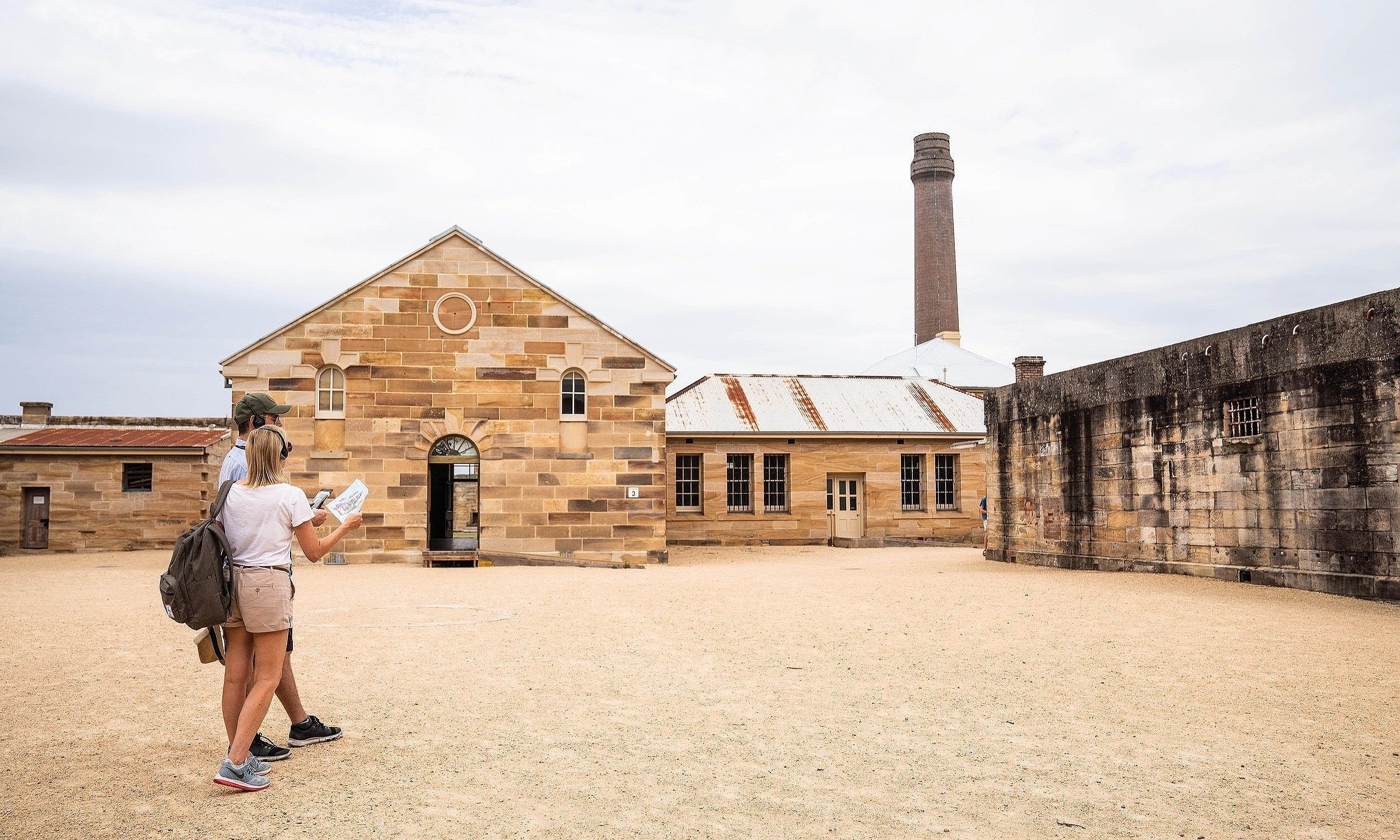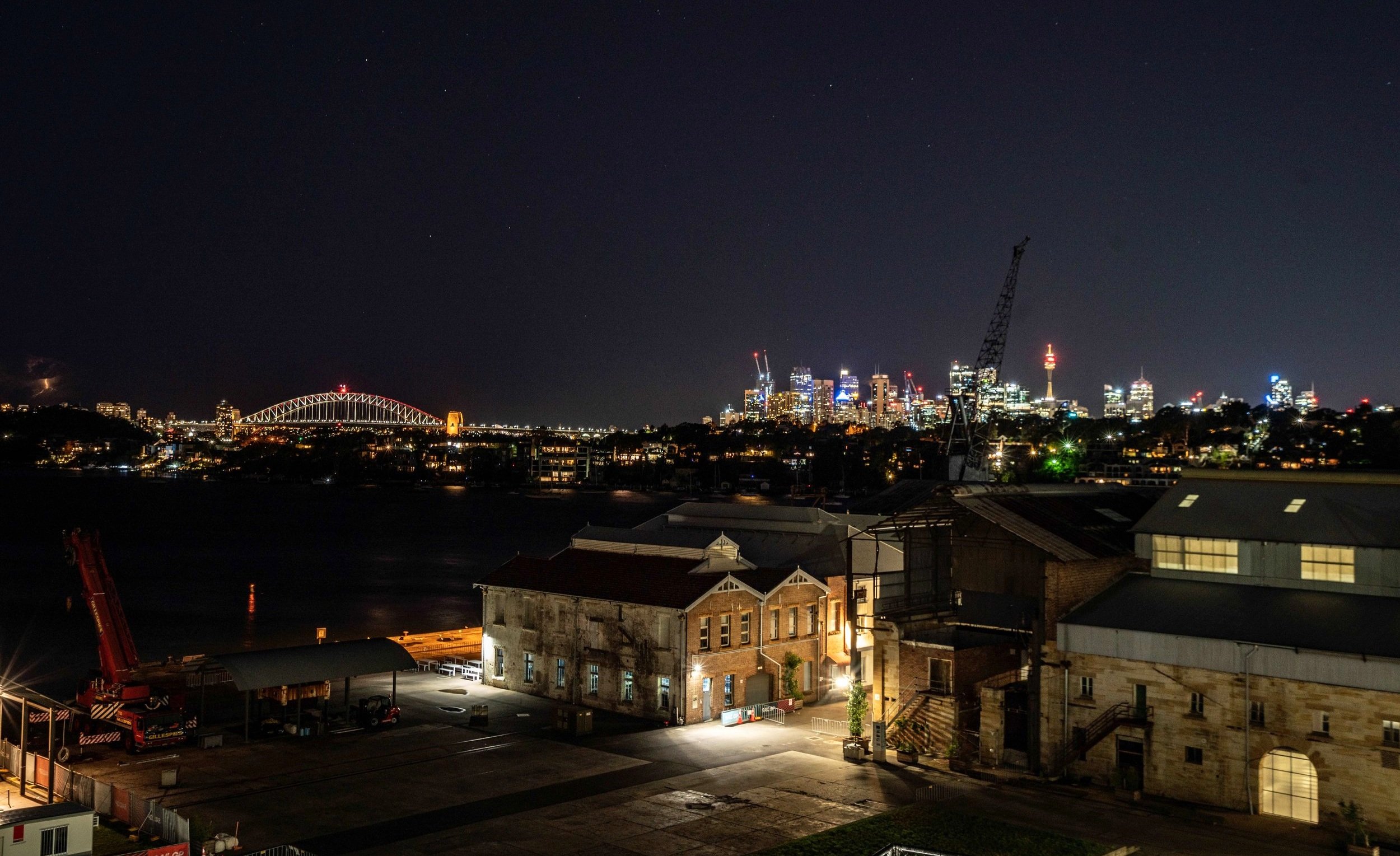Cockatoo Island, Sydney Harbour
History
Cockatoo Island / Wareamah has a rich and varied history. During the 60,000 years prior to European settlement, the island was a central meeting place for Sydney’s First Peoples. The island connects to the waterways and homelands of the Wallumedegal, Wangal, Cammeraygal and Gadigal Peoples, who refer to Cockatoo Island as Wareamah. The island also features atmospheric sandstone ruins from the turbulent era when it operated as a convict gaol. In 2010, Cockatoo Island’s Convict Site was placed on the UNESCO World Heritage List as one of the best surviving examples nationally of convict transportation and forced labour.
In 1839, the island became a penal establishment, and for the convicts sent here, life on the island was harsh. They lived and worked under brutal conditions. During the gaol’s 30 years of operation, convicts quarried sandstone on site, and constructed the prison quarters, mess hall, guardhouse, and Fitzroy Dock (c. 1857) - the only surviving example of a dry dock built by convicts. They also constructed the underground grain silos, Biloela House (c. 1841), and a set of solitary confinement cells that were rediscovered during an archaeological dig in 2009. When viewing these notorious cells, it’s not hard to imagine the grim reality faced by the island’s convicts.
Between 1857 and 1991, Cockatoo Island’s dockyard was a large contributor to Australia’s shipbuilding industry. Take a walk through the Docks Precinct, Ship Design Precinct, and the Industrial Precinct, and you’ll get a sense of the island’s significant maritime history. During both World Wars, dock workers supported the Allied powers, and during the second World War, the island acted as the main ship repairing facility in the South West Pacific, with around 250 ships converted or repaired.
Cockatoo Island hosted an industrial school and reformatory for girls from 1871. Repurposing the prison buildings, the reformatory housed neglected and orphaned girls, as well as girls who had broken the law. Sadly, living conditions were poor and the girls faced harsh punishment. The Biloela Reformatory School closed in 1880.
The island has been protected by the Sydney Harbour Federation Trust since 2001 and has emerged as one of Sydney’s most iconic destinations, loved by young & old. It’s just a short ferry ride from Circular Quay and Barangaroo, but ferries to the island also stop at select wharves along Parramatta River. Surrounded by Sydney’s sparkling harbour, the island offers plenty of spots for picnics with spectacular views. It also features waterfront cafes & bars, guided history tours, and special events held throughout the year, such as live music, art exhibitions, and other Indigenous cultural events.
Accommodation
Nestled within landscaped gardens, the island’s holiday houses and apartments offer accommodation for couples, families, and larger groups - and each dwelling pairs authentic heritage charm with modern comforts.
The Heritage Holiday Houses are an impressive sight as you reach the upper part of the island. Surrounded by lush greenery and completed circa 1915-16 in the Federation style, these symmetrical semi-detached, two-storey brick houses were first home to the island’s Medical Officer, Dr Thomas William Francis and the Engineering Manager, Mr. Jack Payne. Each house has four bedrooms that sleep 8 guests; however, for larger groups of friends & family, additional beds can be provided to accommodate up to 12.
Both houses have been carefully restored, with beautiful period details, including original windows and doors, ornate fireplace surrounds, high ceilings with decorative plasterwork, warm timber floorboards, and a grand central staircase. Each house also features a fully-equipped kitchen and formal dining area, light-filled modern bathrooms, and spacious lounge with flat screen TV and Bluetooth. Outside, there’s plenty of space to relax, with a BBQ and outdoor seating area on the lawn, overlooking the harbour. And from the upstairs verandah, sit back with a glass of wine and take in magical views across to Hunters Hill.
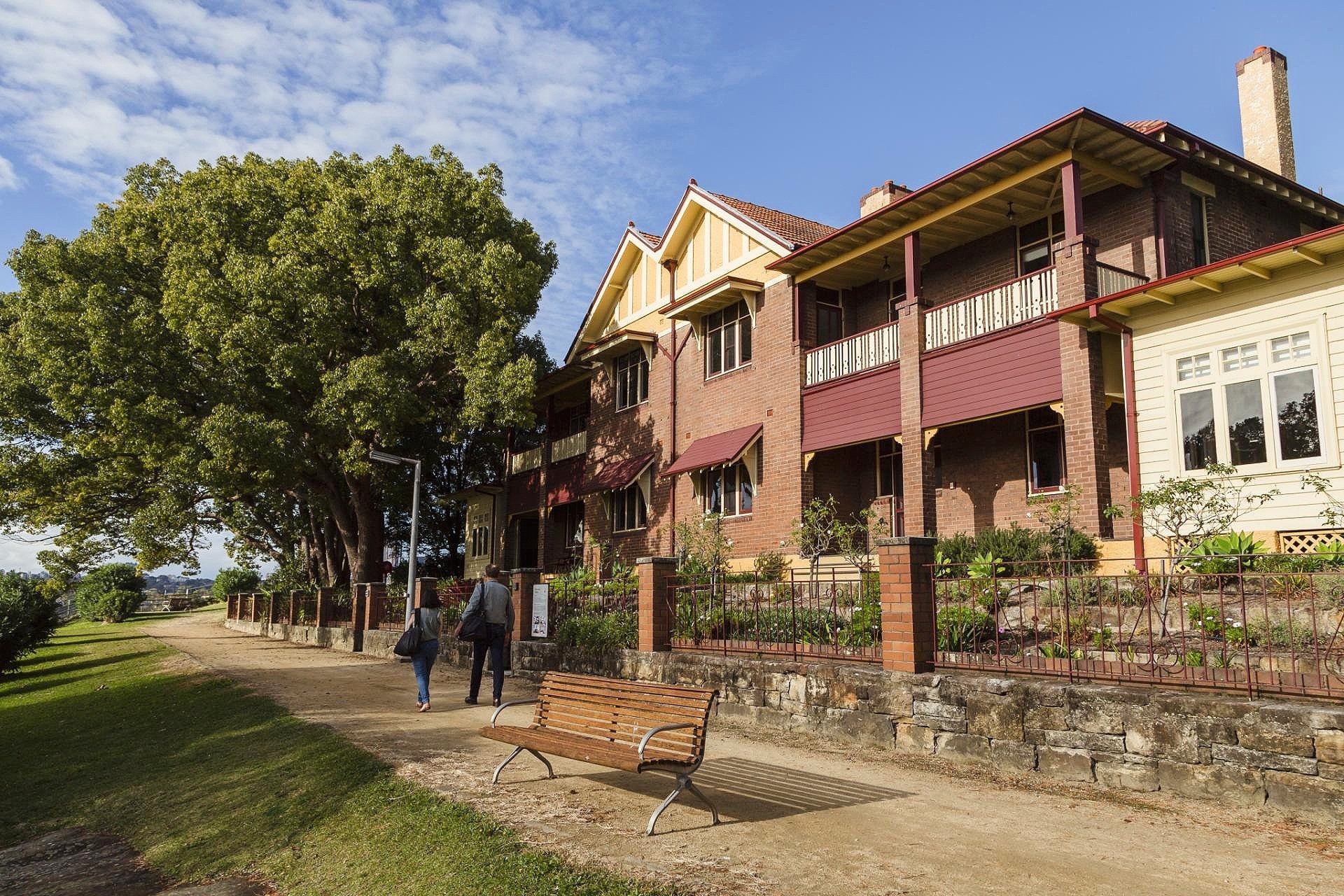
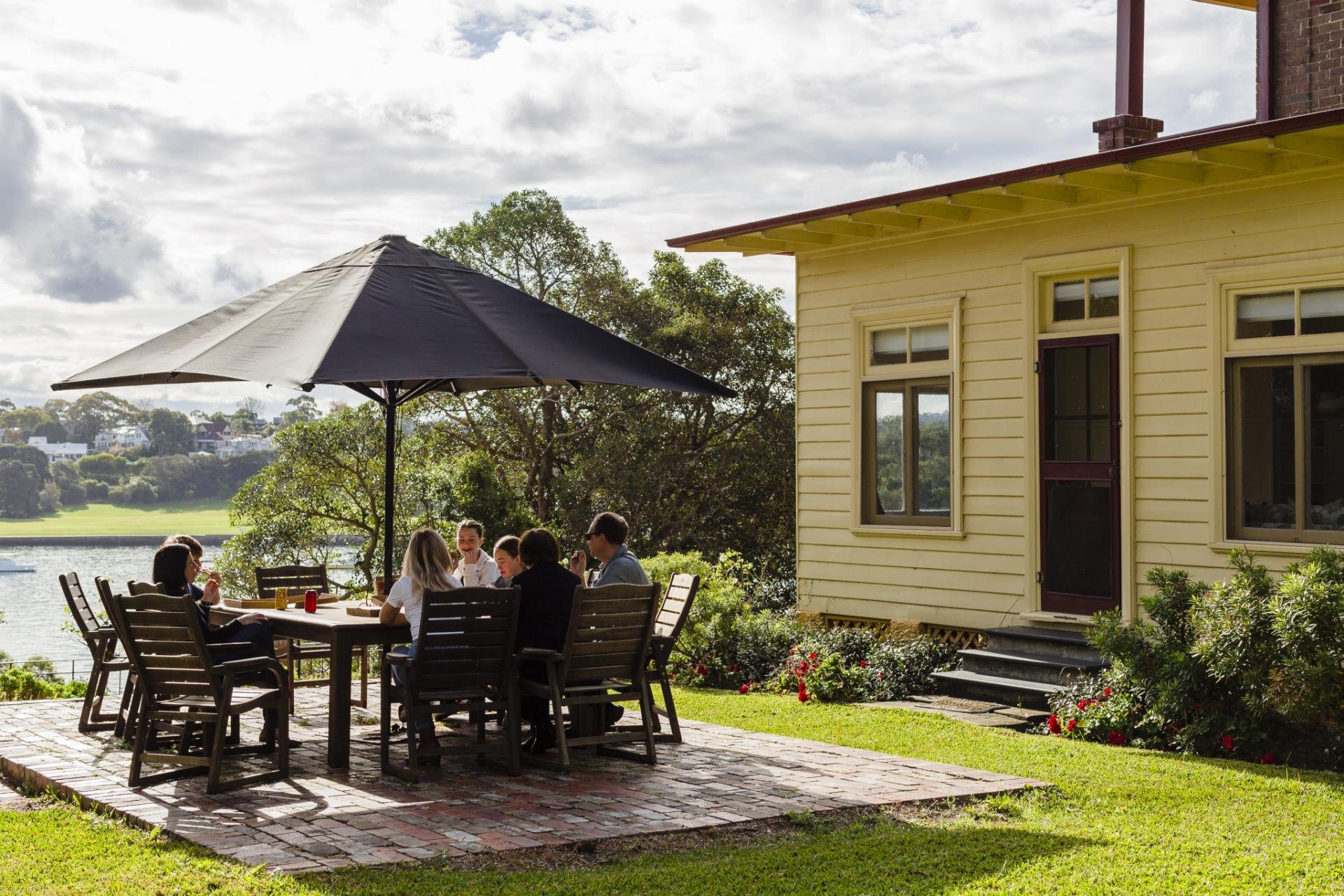
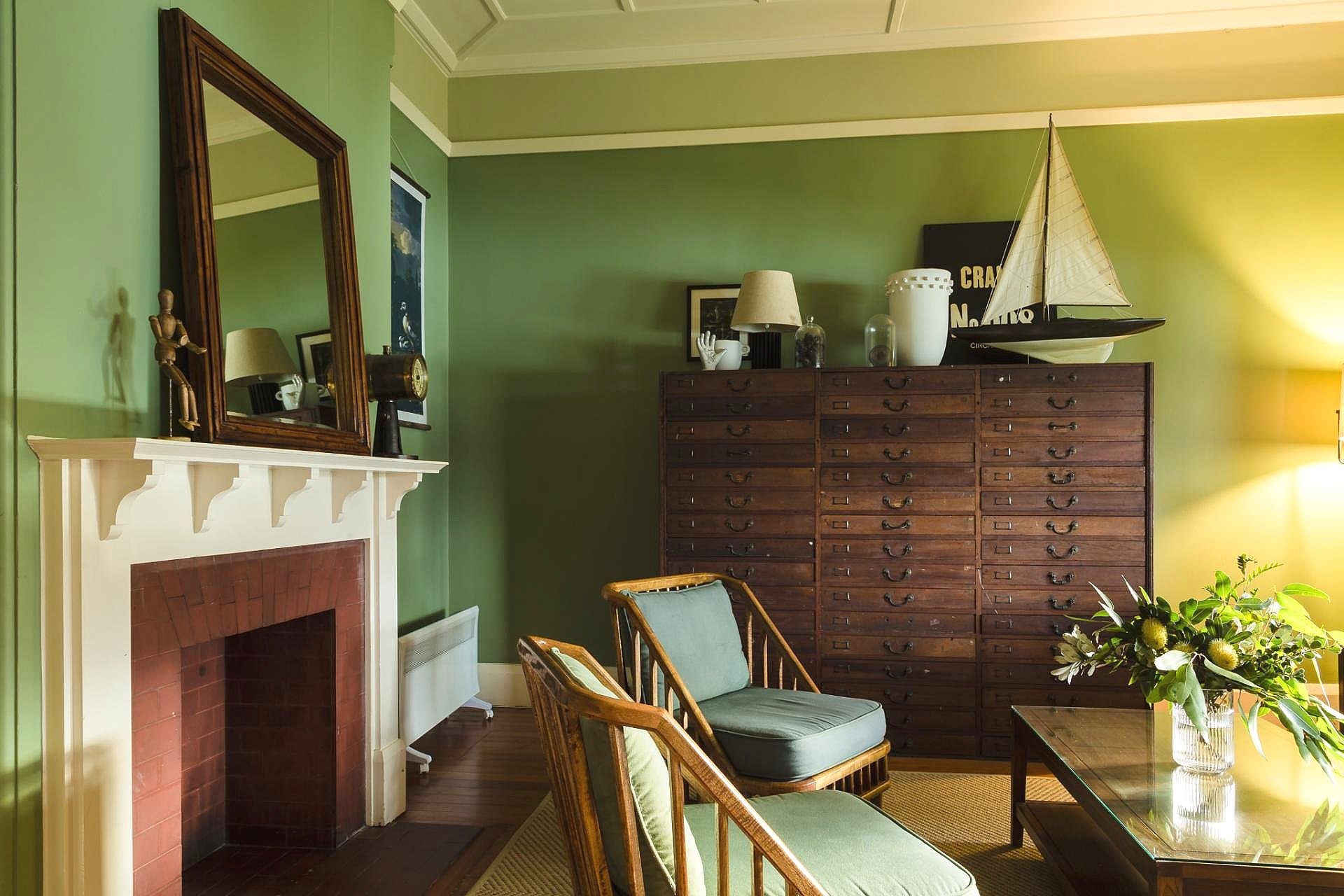
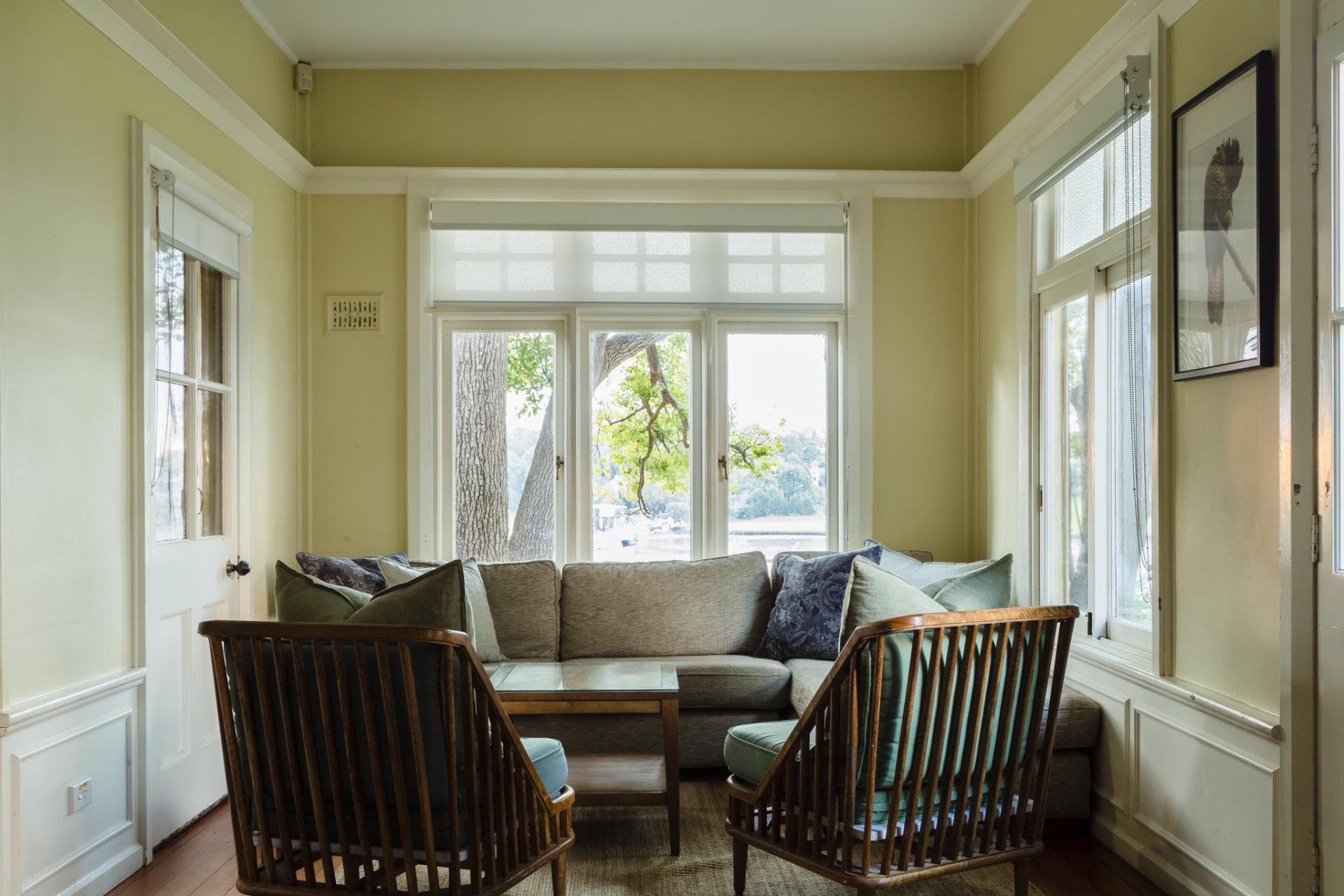
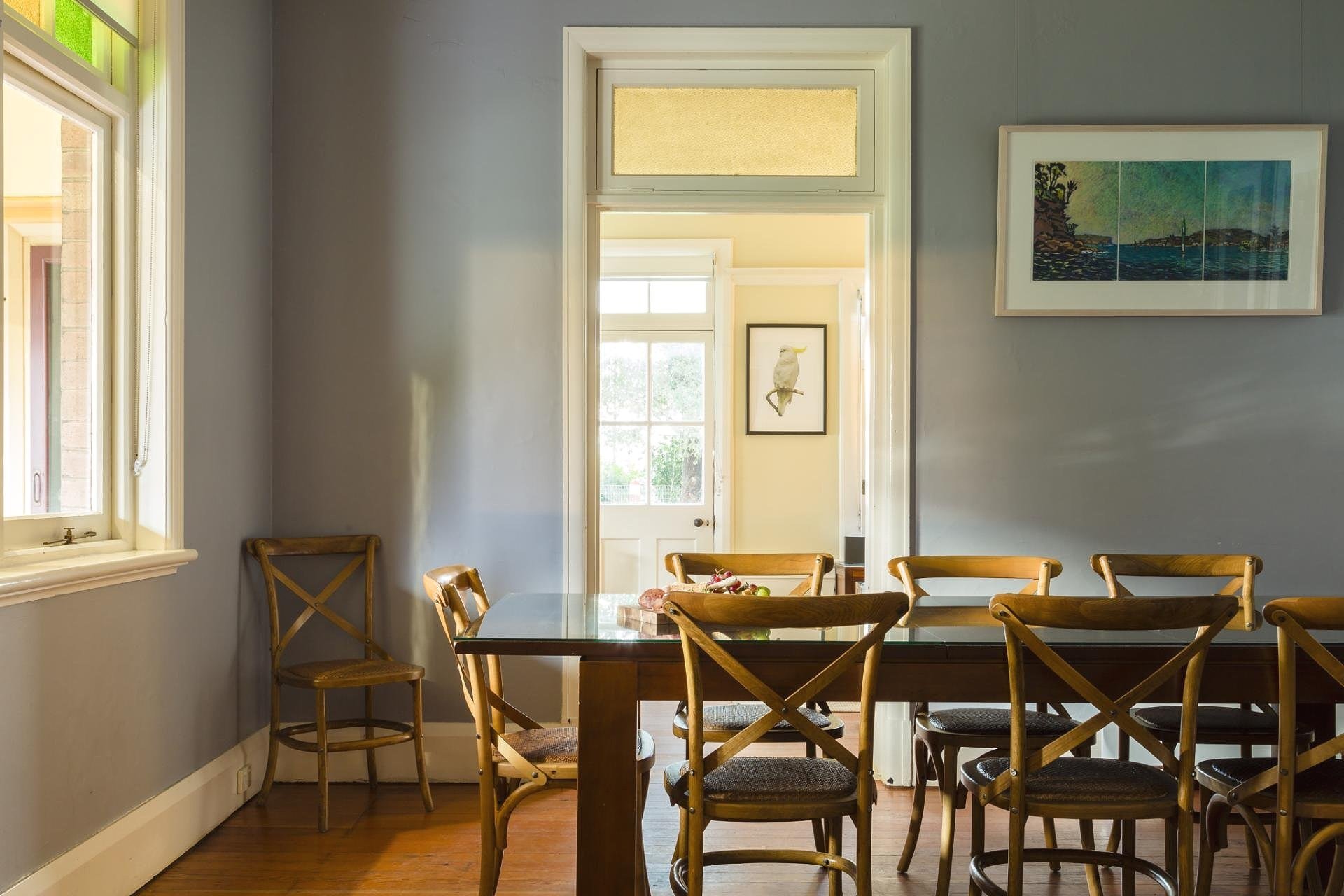
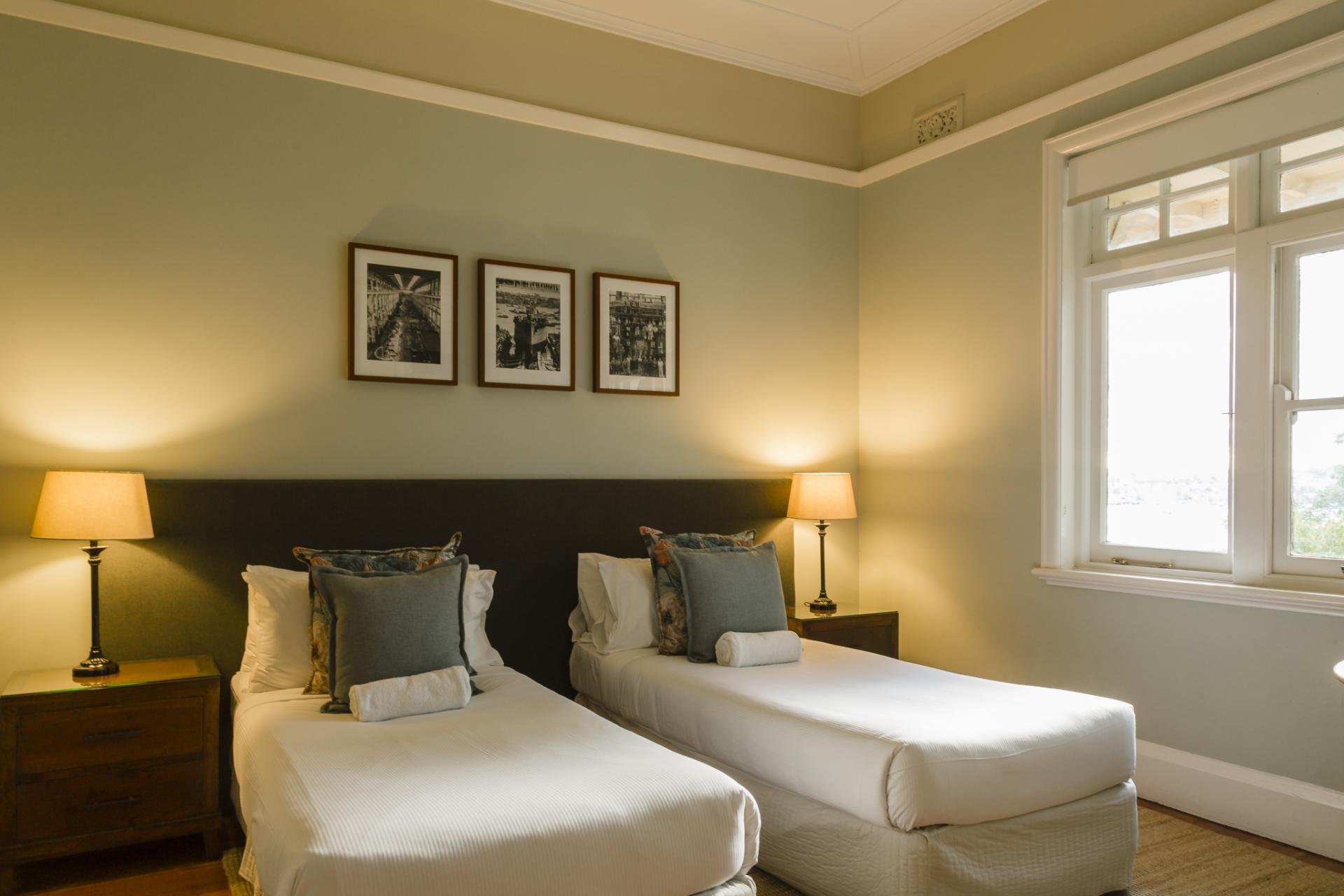
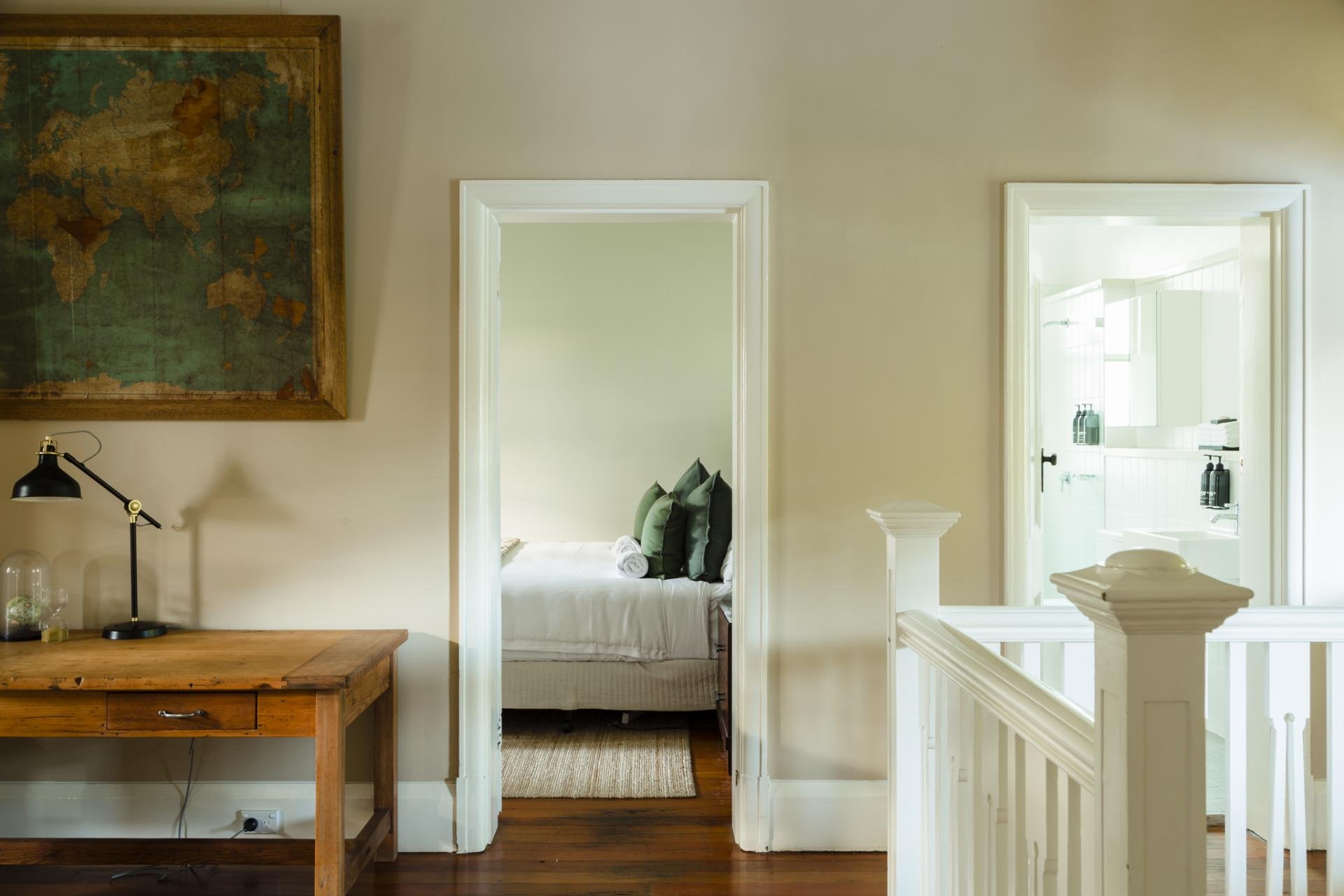
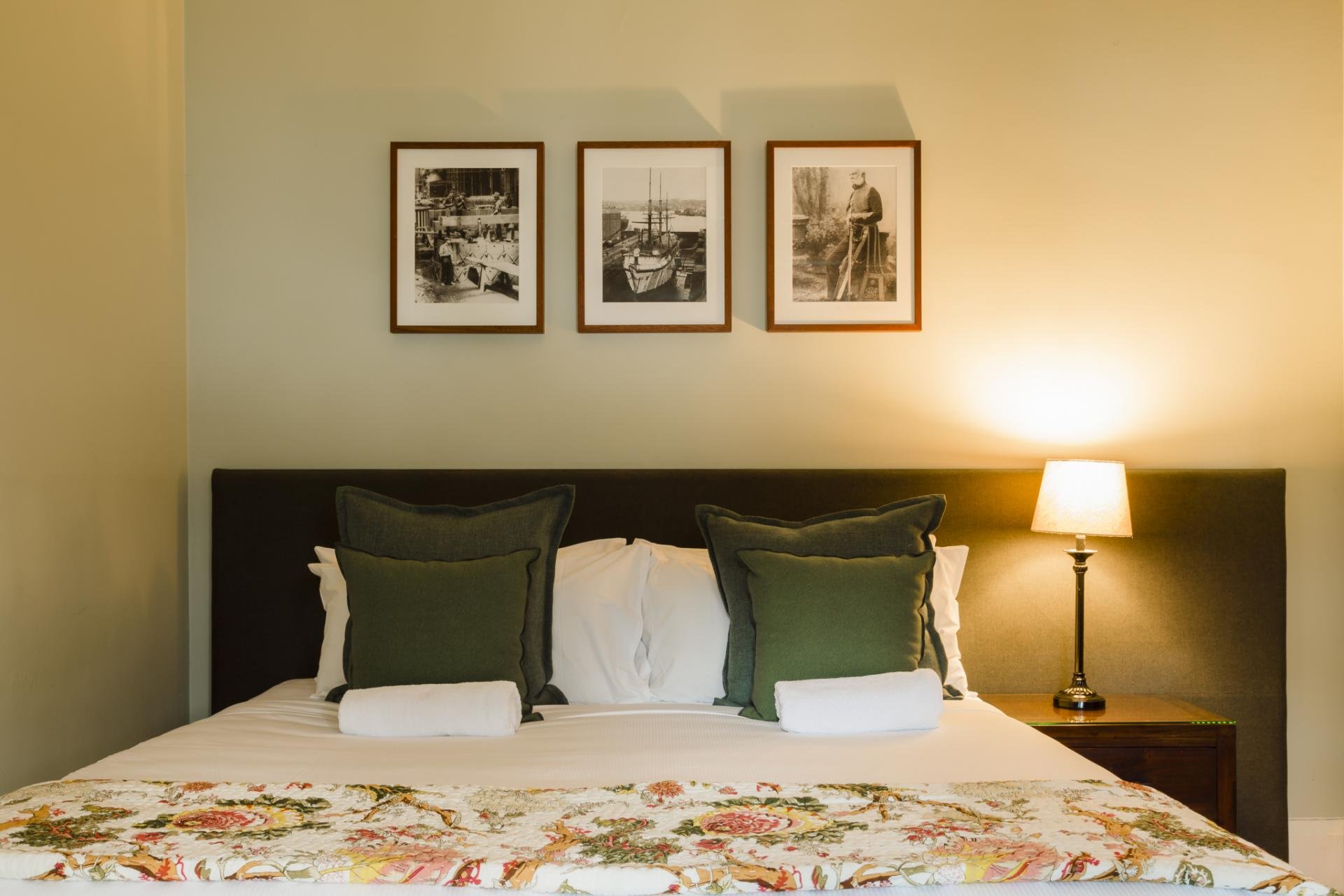
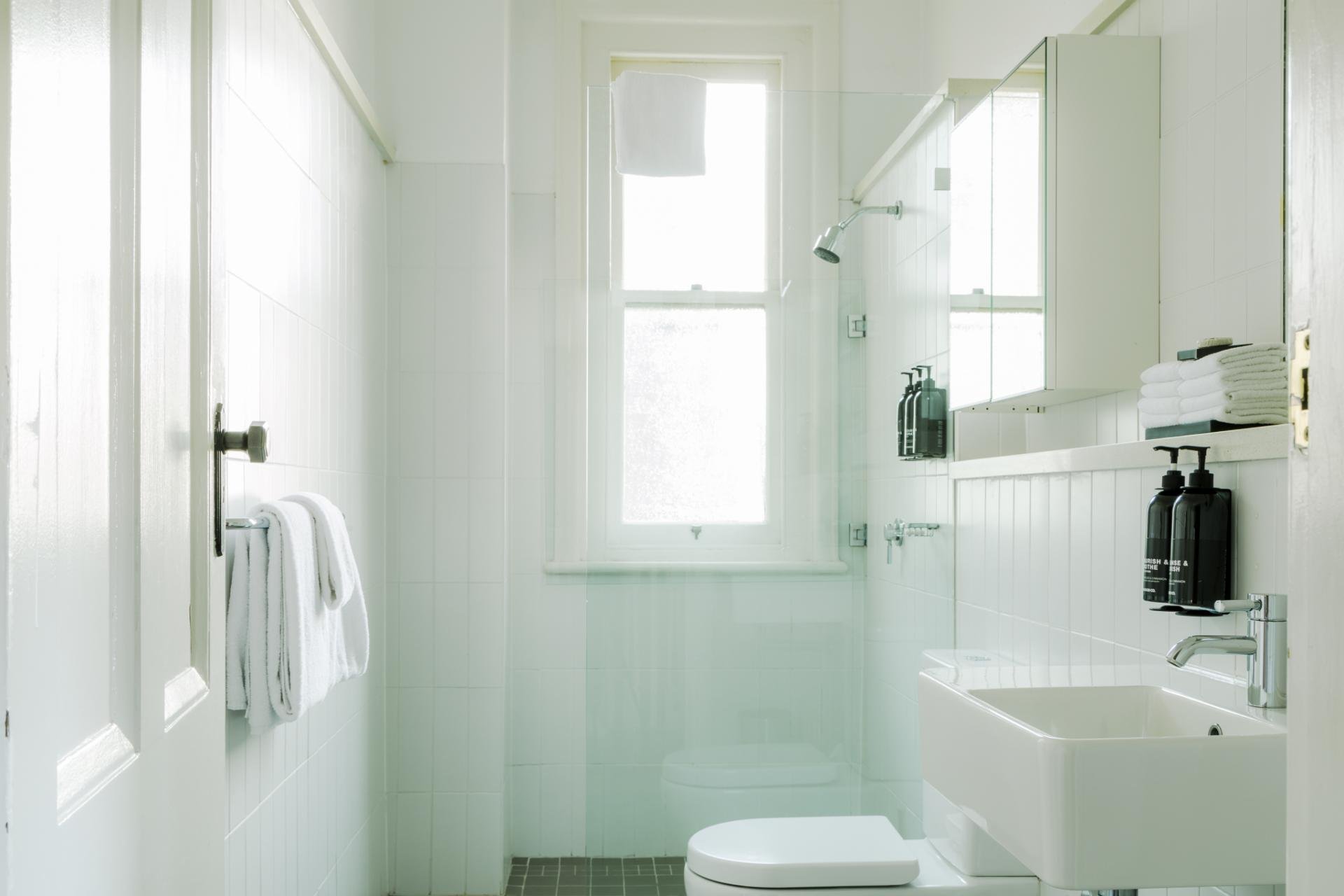
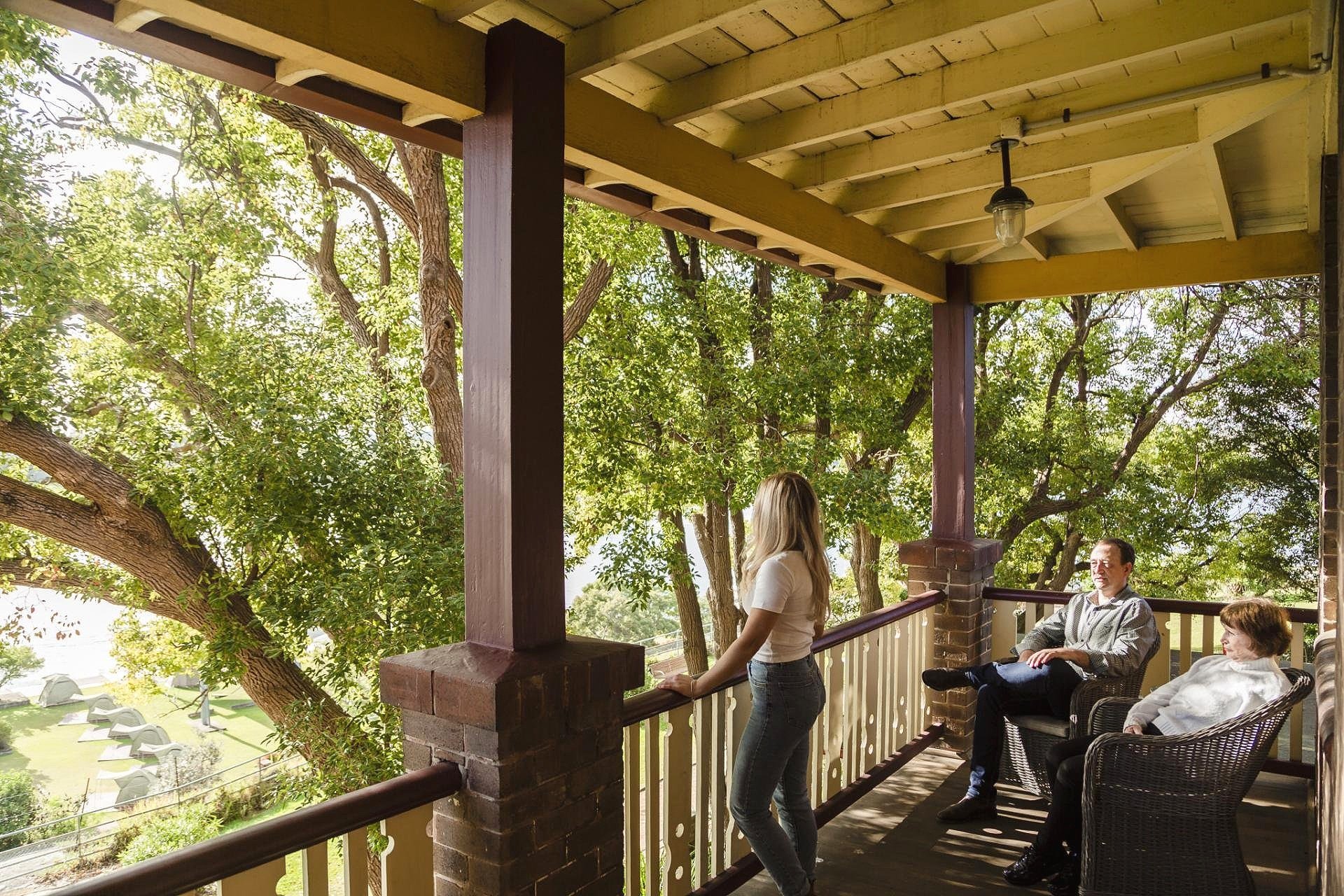
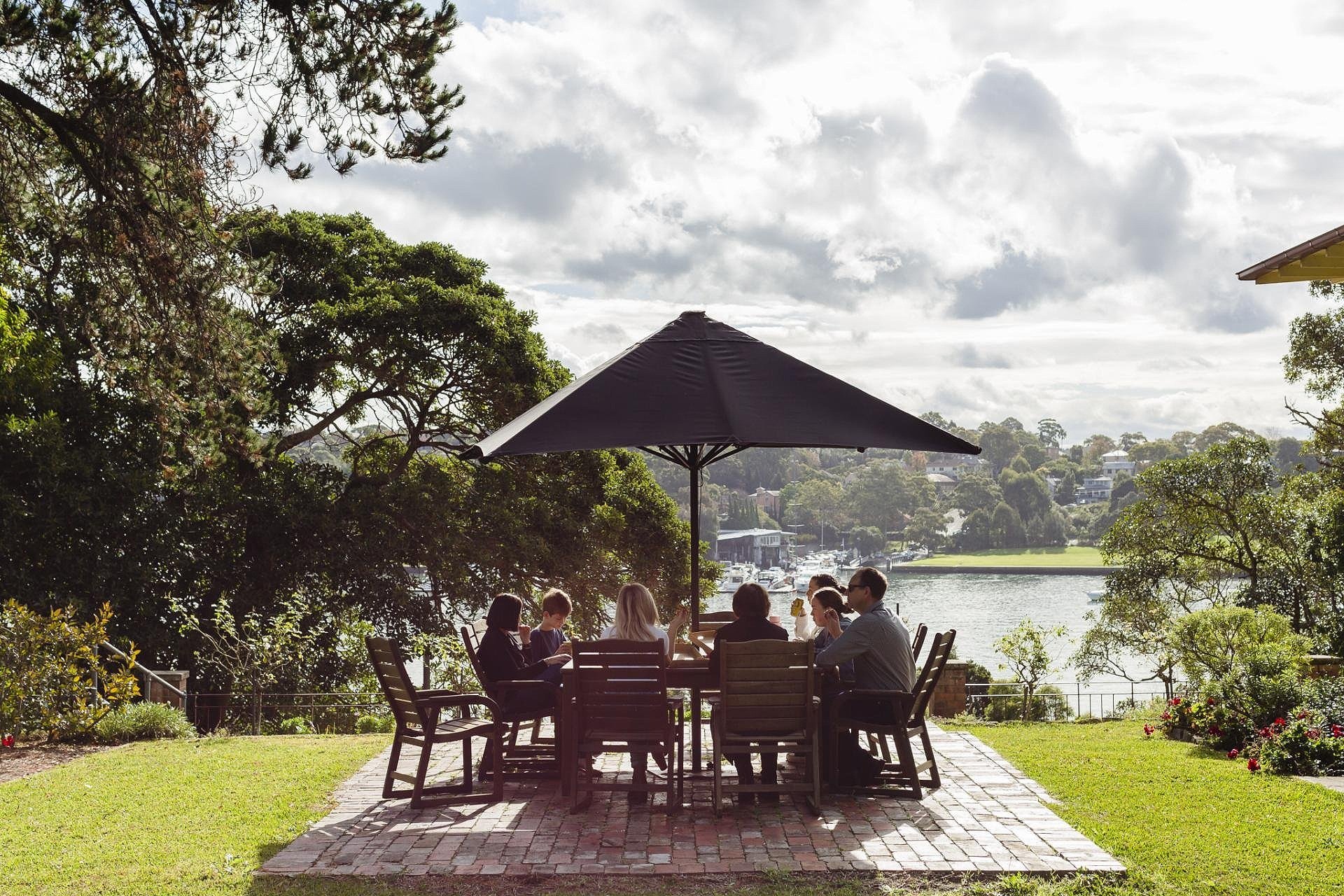
The Heritage Holiday Houses
The Harbour View Apartments were once occupied by the island’s dockyard launch driver and coxswain. Choose from three apartments - the 1 bedroom apartment is ideal for couples, and there are two 2-bedroom apartments for groups including families, both capable of sleeping up to 5 guests. Each apartment has light and airy bedrooms with high ceilings, cast iron fireplaces, polished floors, and stylish contemporary bathrooms. Situated near Biloela Lawn on the upper island, each apartment has its own large entertaining balcony, with incredible views of Sydney Harbour - the perfect spot to enjoy coffee each morning, watching the harbour come to life. And at night, the glittering city skyline is the perfect backdrop for a romantic dinner.
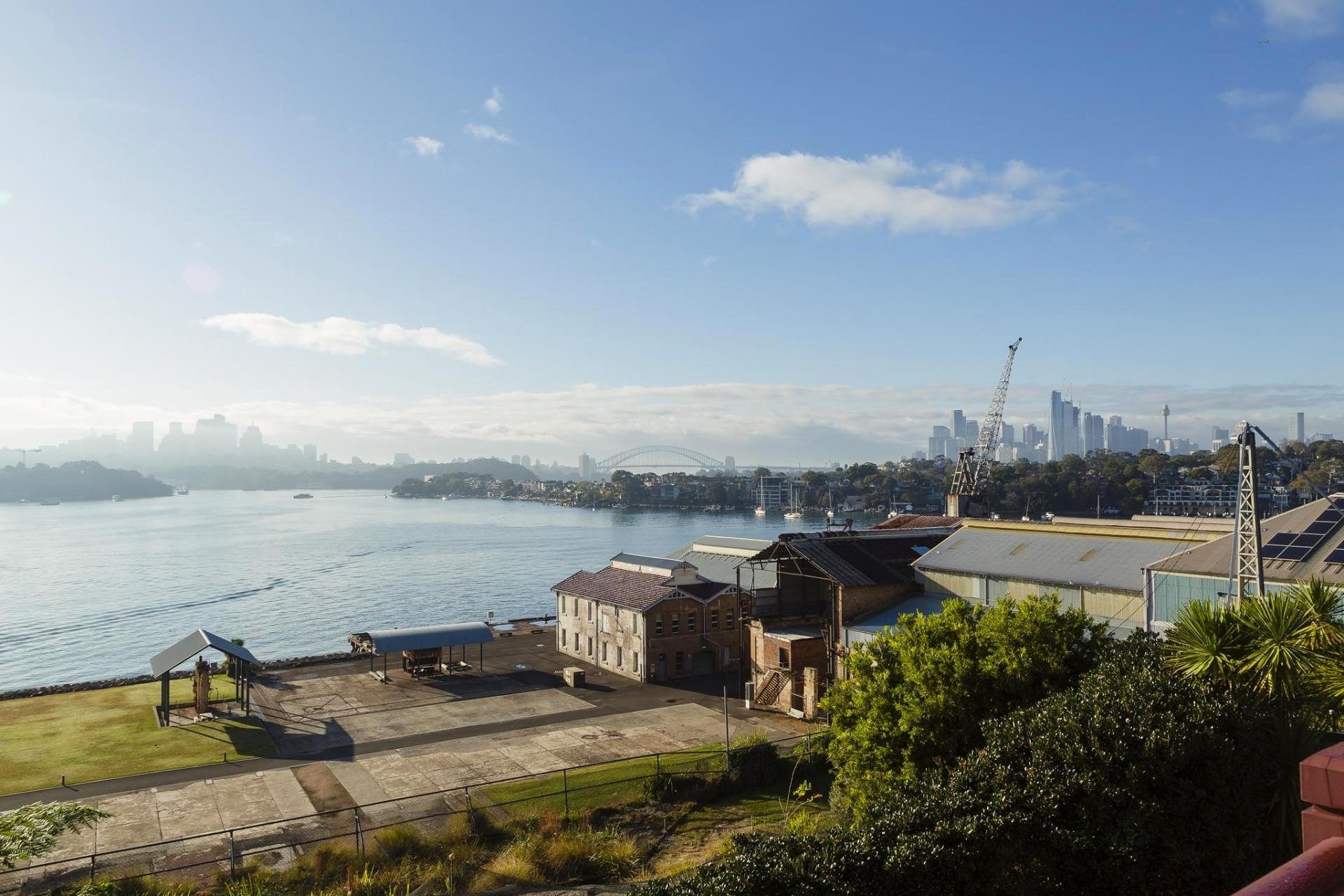
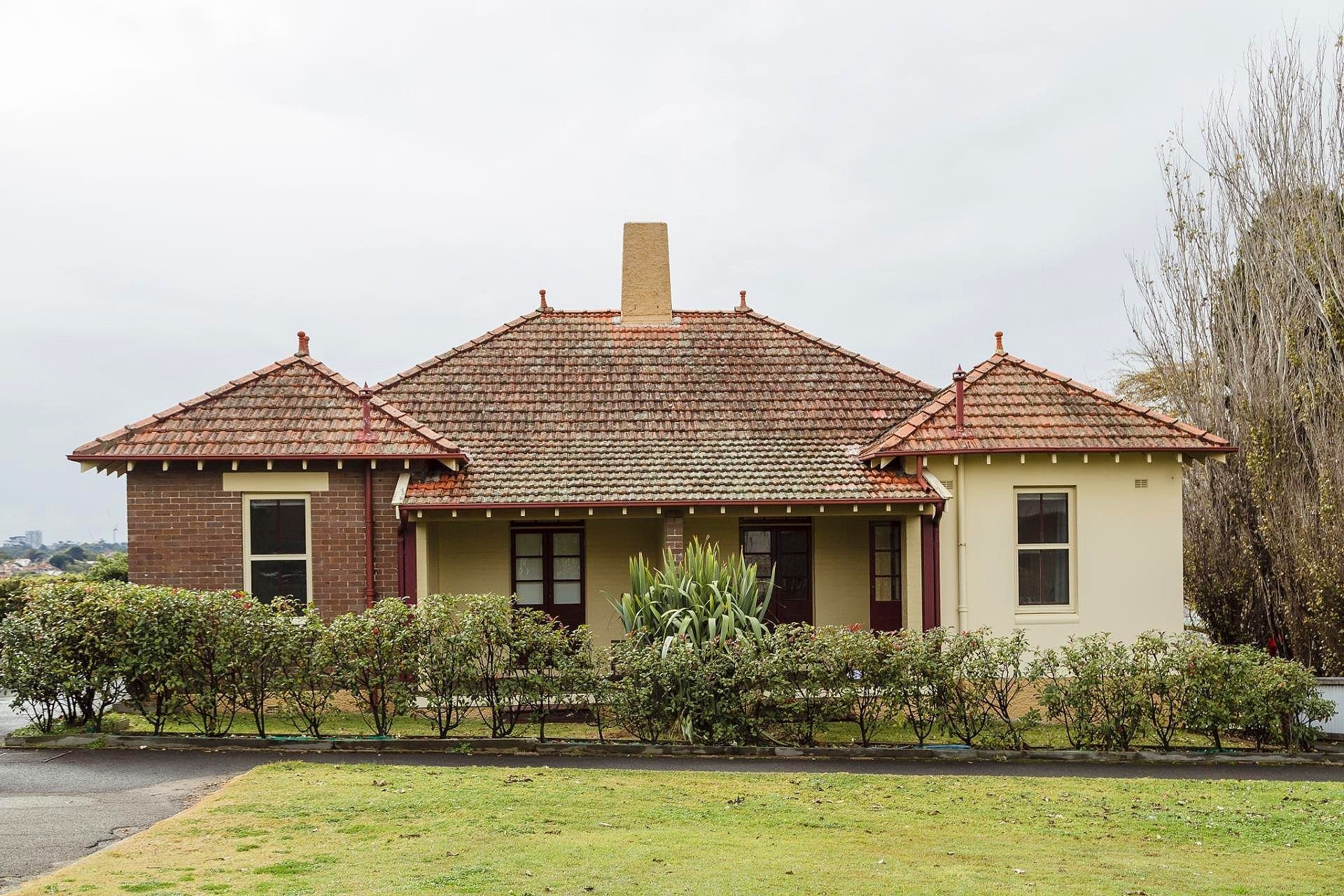
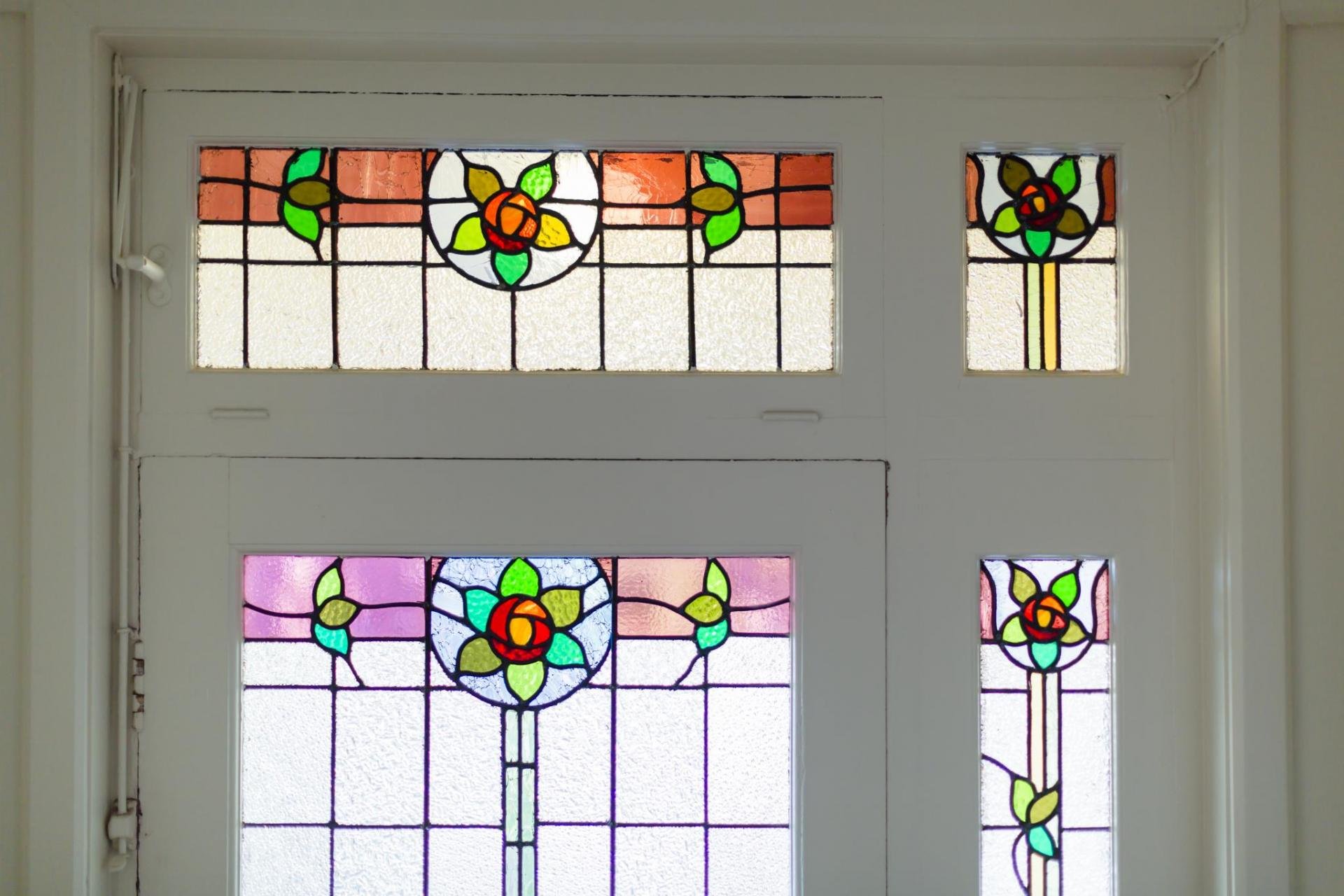

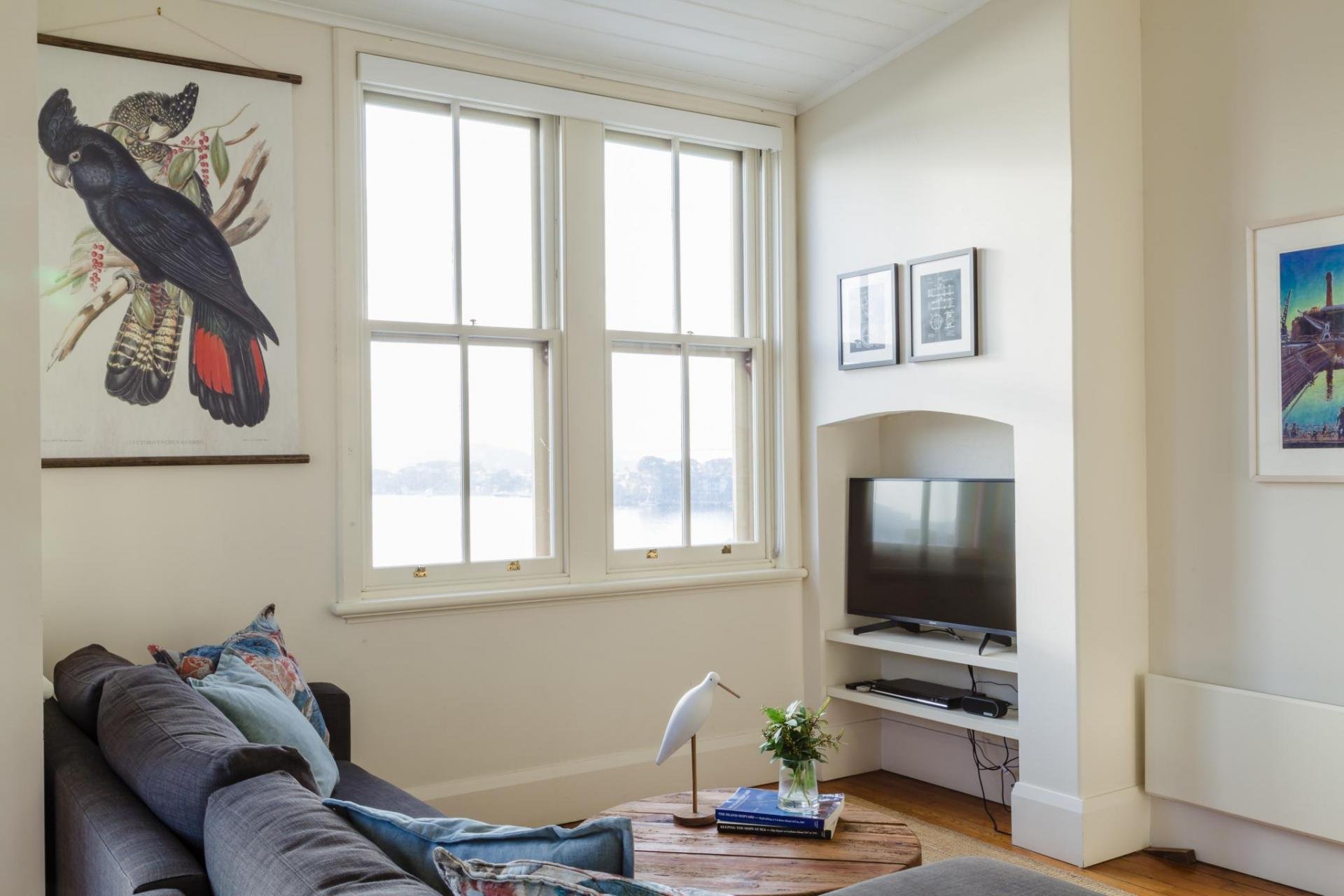
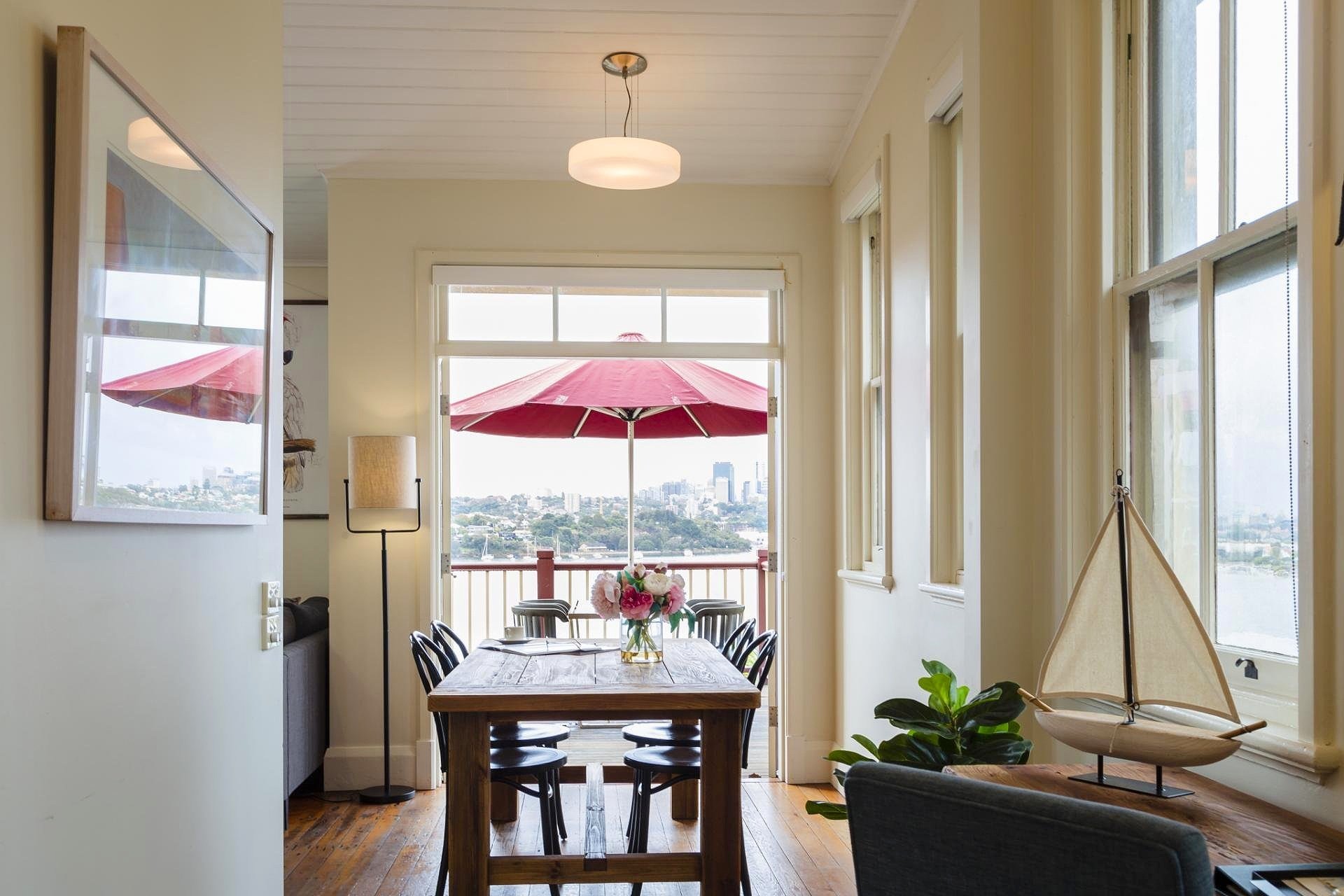
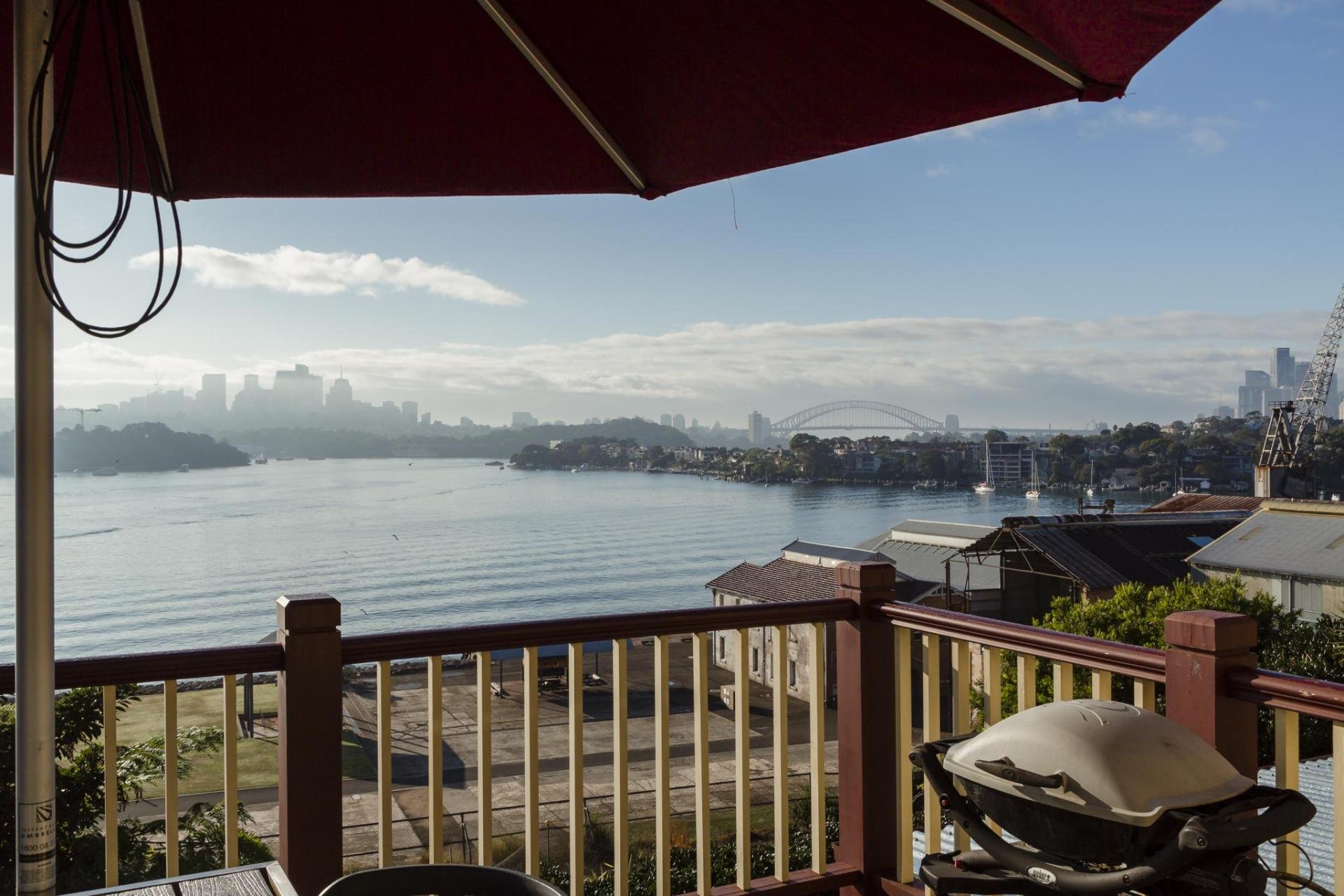
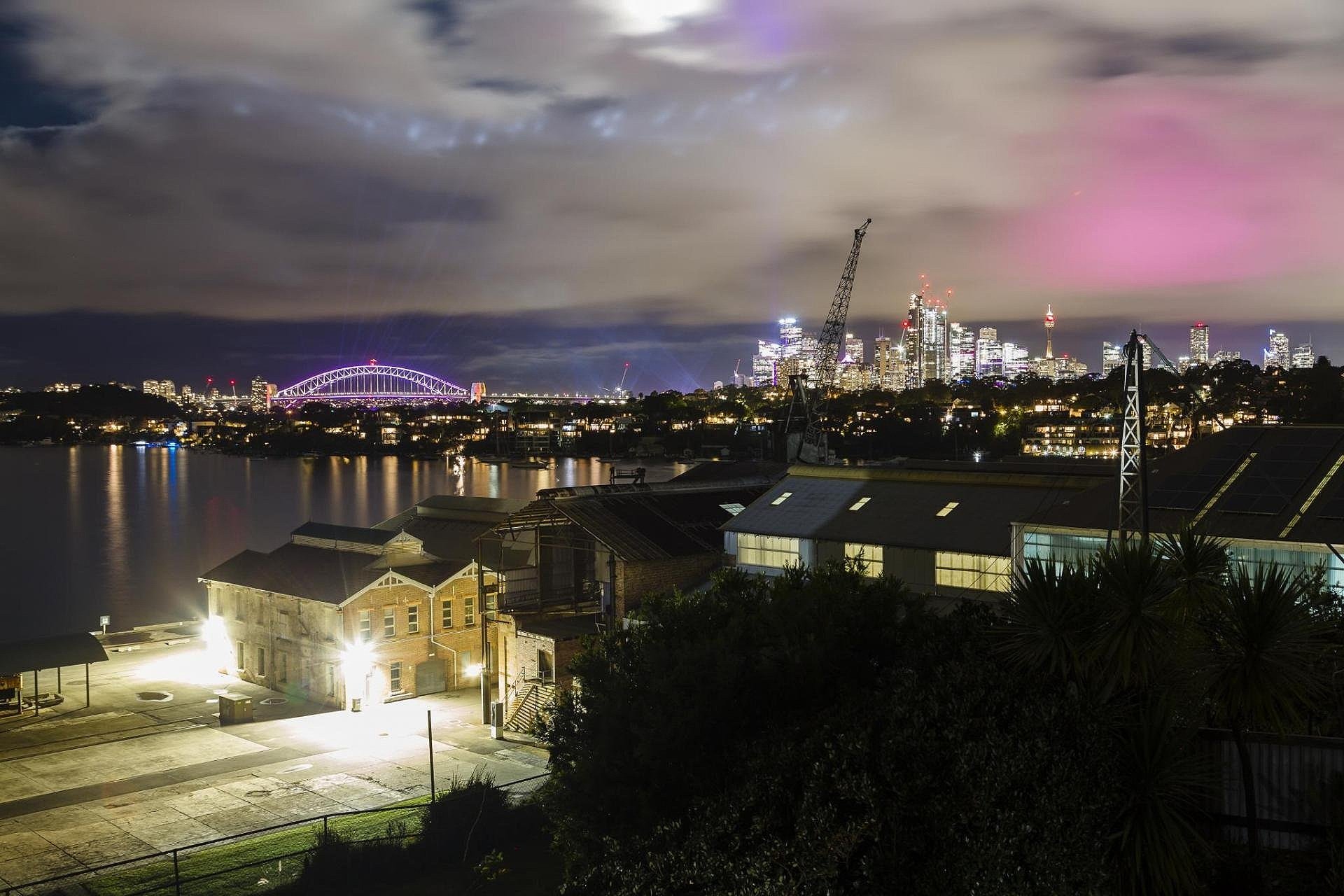
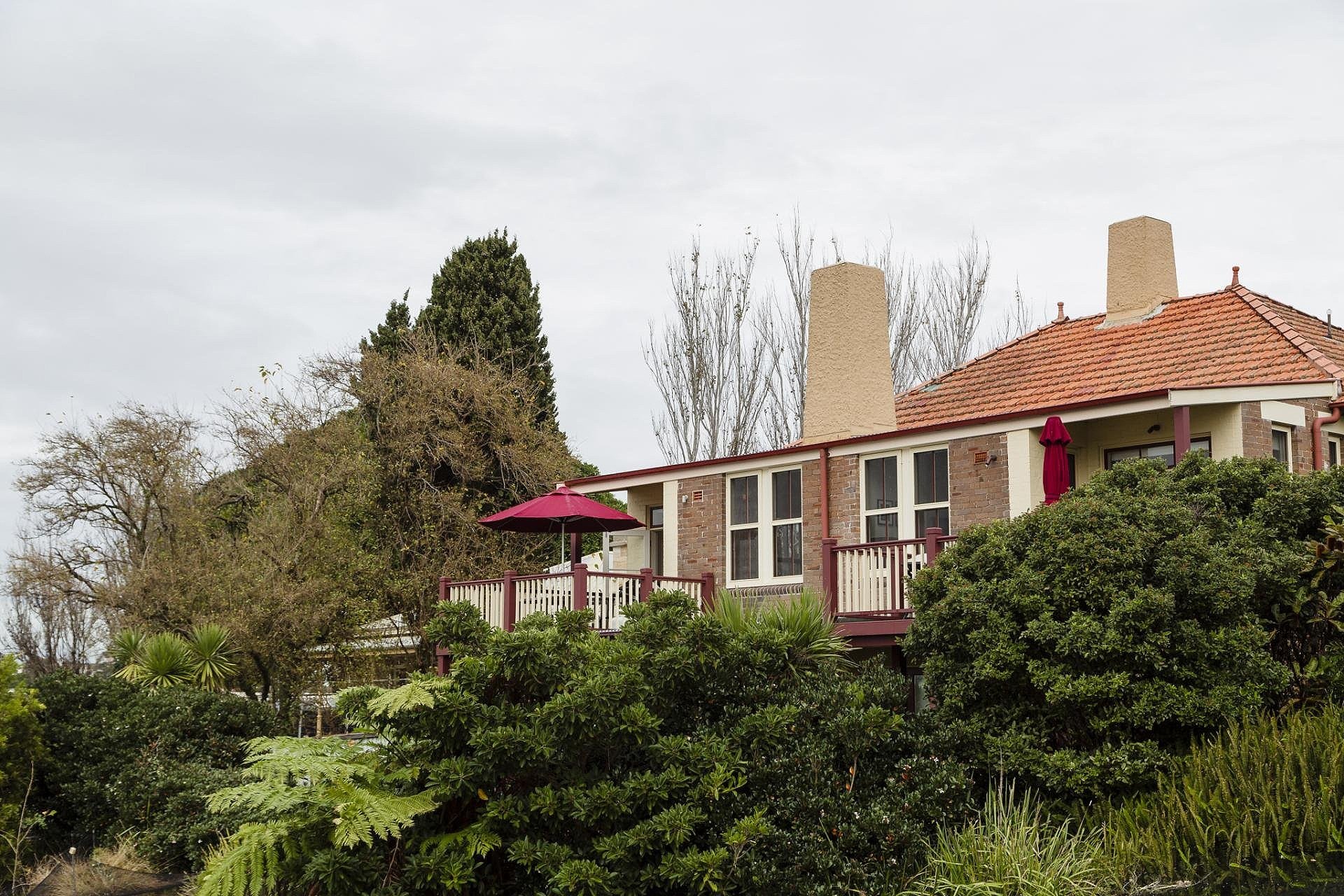
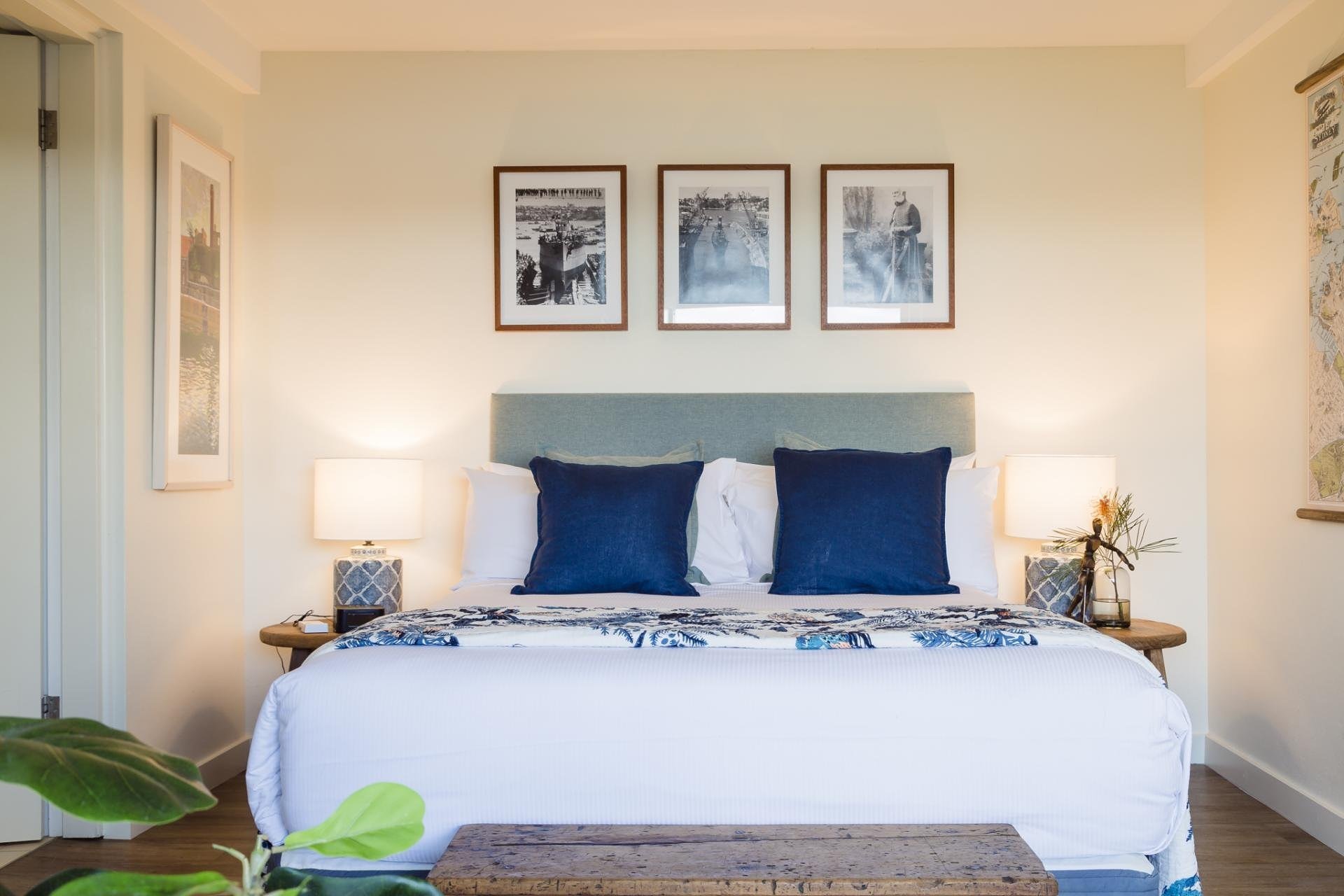
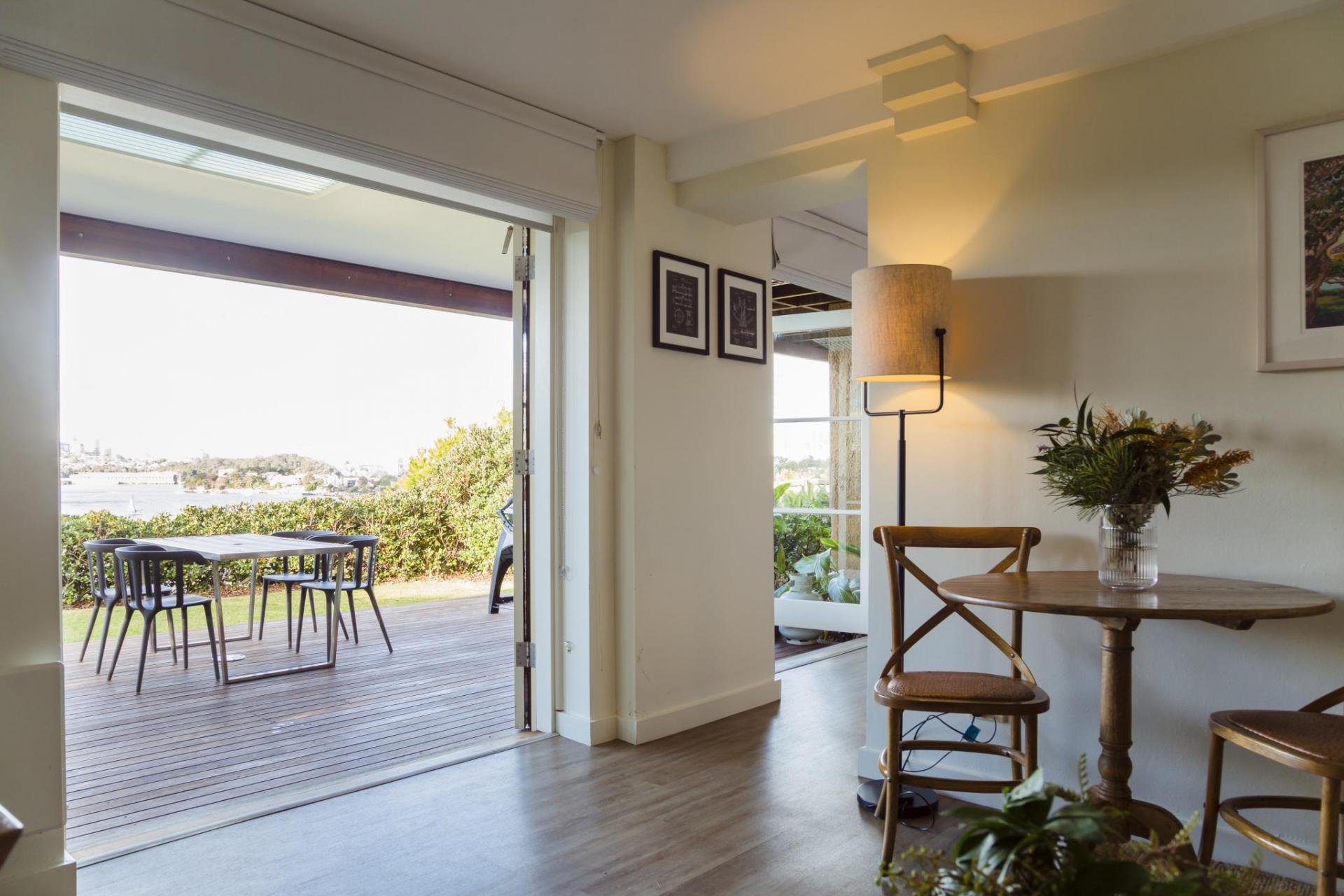
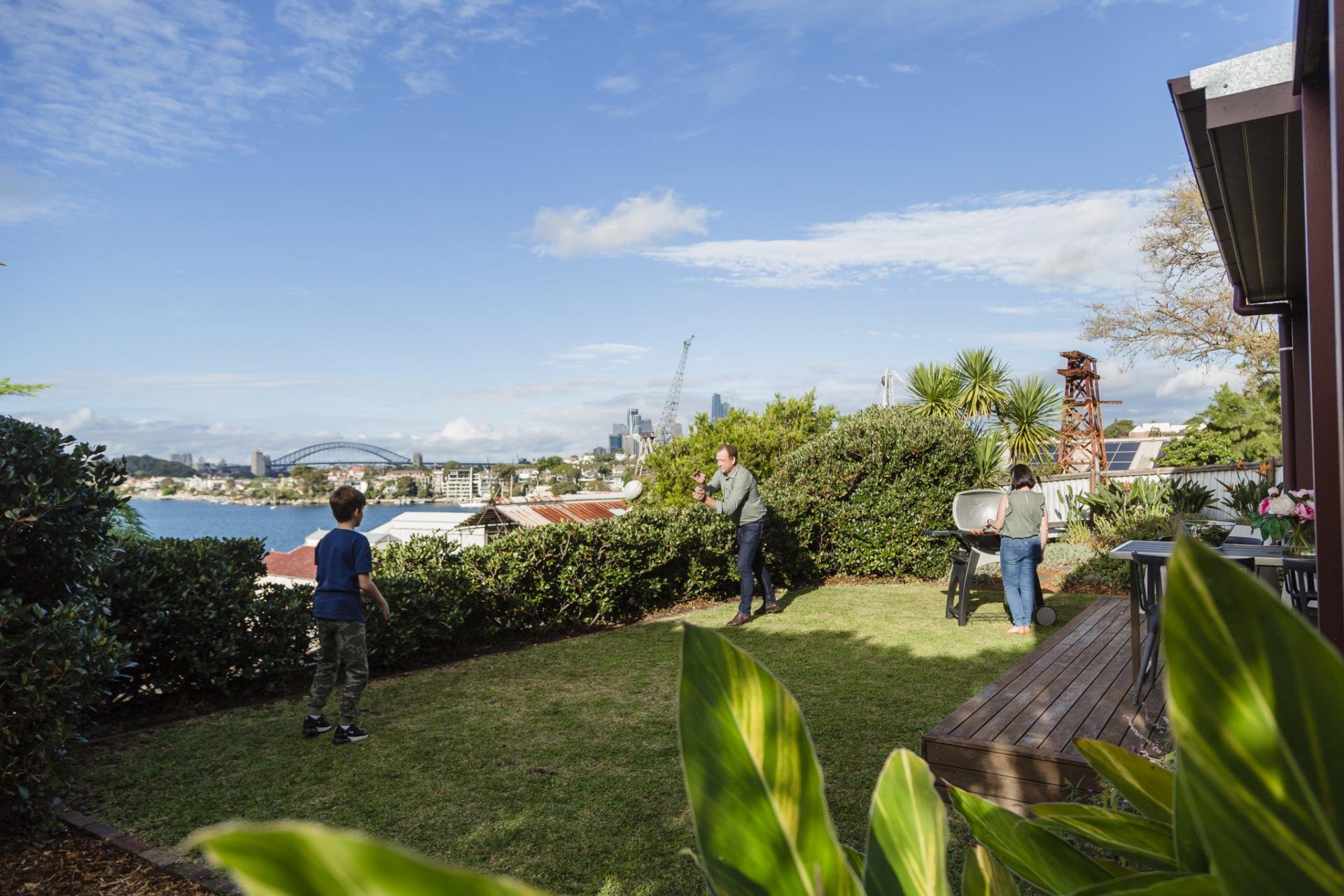


The Harbour View Apartments
The Garden Riverview Apartment sleeps up to four guests in two bedrooms, and boasts views of Woolwich and Hunters Hill framed by jacaranda trees. Built in 1916, this welcoming home-away-from-home features warm timber floors, soaring ceilings, and original fireplaces, with both king and queen bedrooms simply and elegantly furnished. The bright, spacious open plan living/dining area has a large comfortable sofa and flat screen TV, making it the ideal setting for unwinding after a day’s sightseeing. The fully-equipped, modern kitchen leads out to a sunny deck and BBQ overlooking your own tranquil, enclosed garden.
For an additional fee, you can purchase a convenient BBQ pack from Cockatoo Overboard, one of Cockatoo Island’s two cafes. Also available if needed are cots, high chairs, and extra cleaning services during your stay. In addition to heritage accommodation, Cockatoo Island also features a waterfront campground, popular amongst those wanting to sleep under the stars.
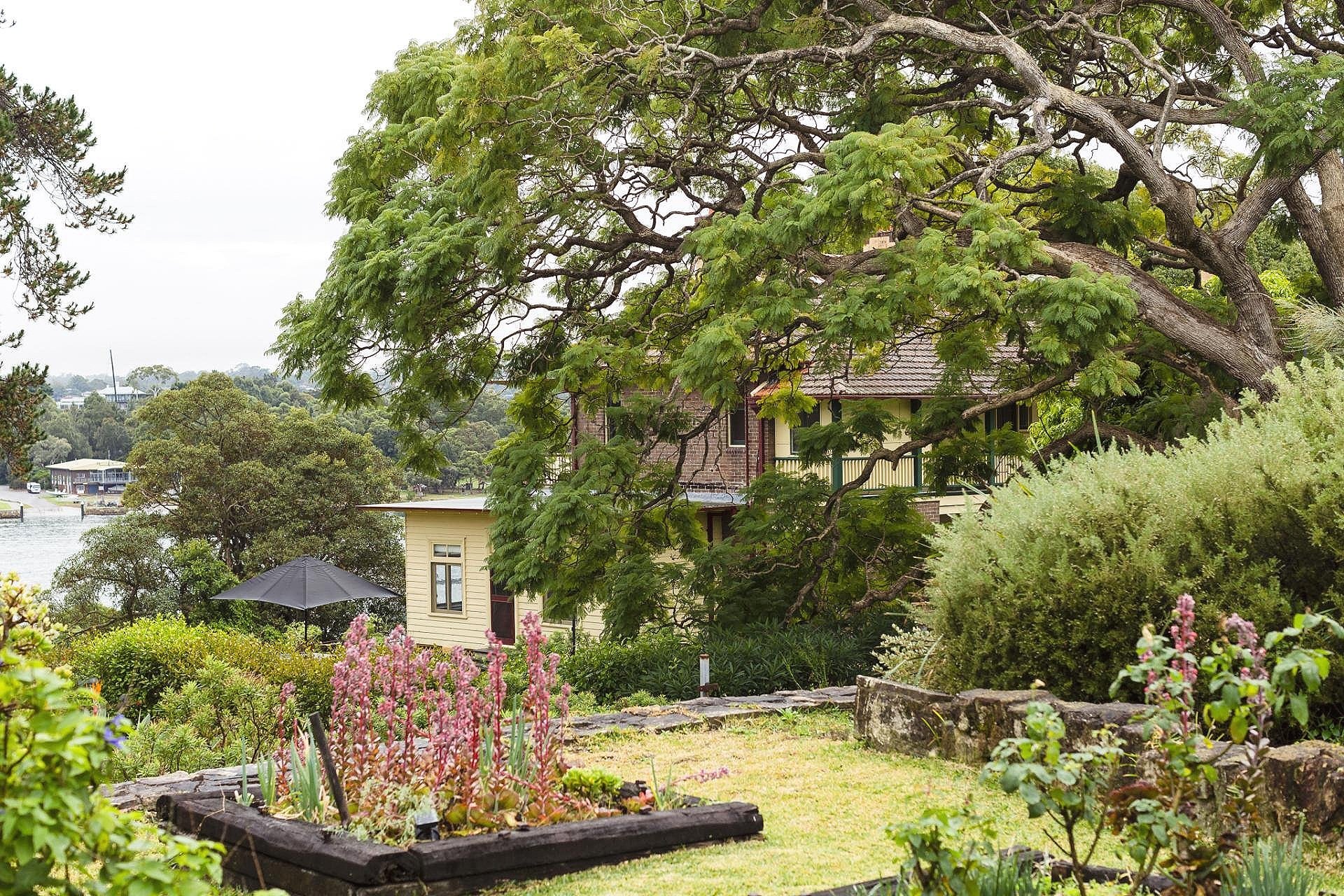
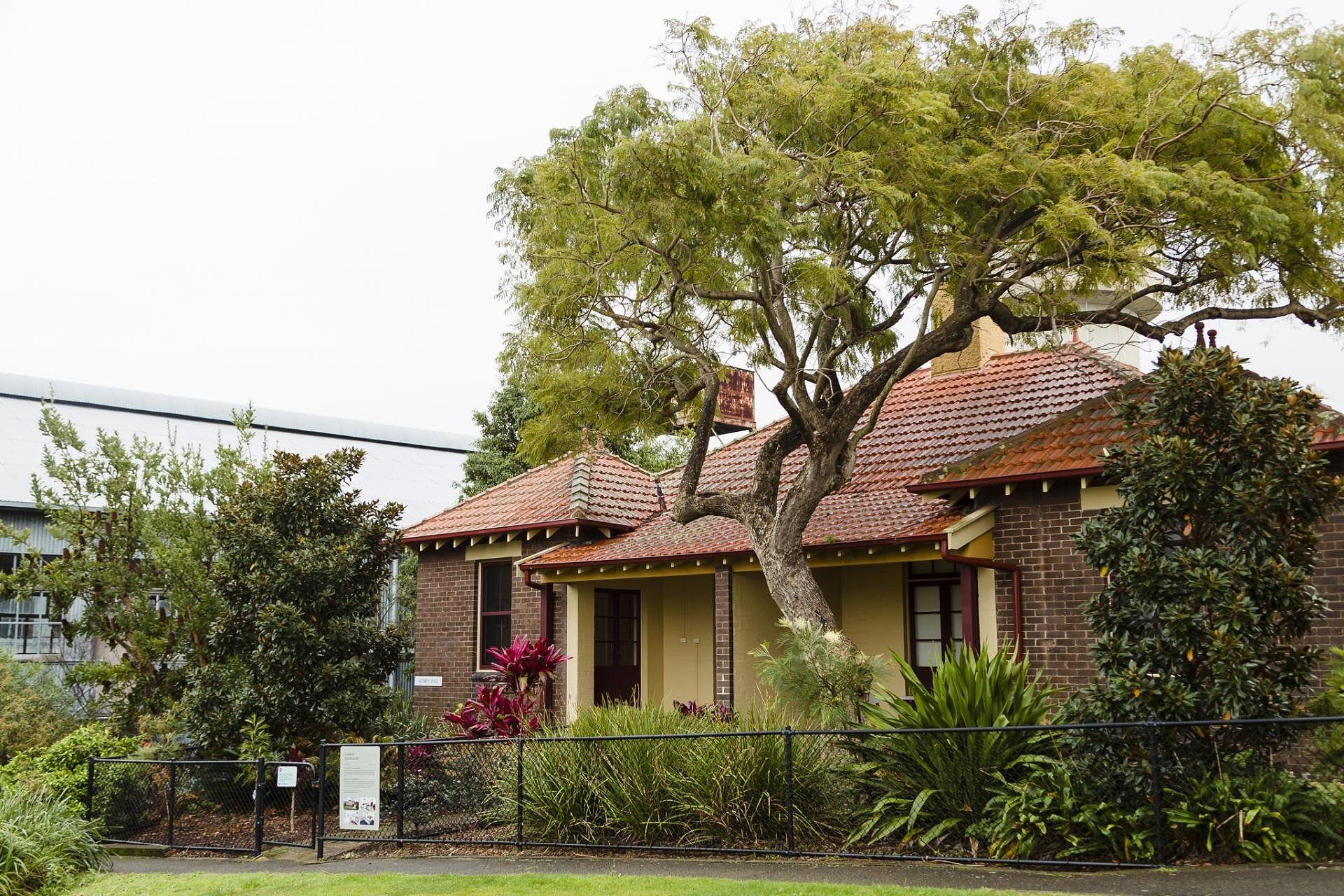
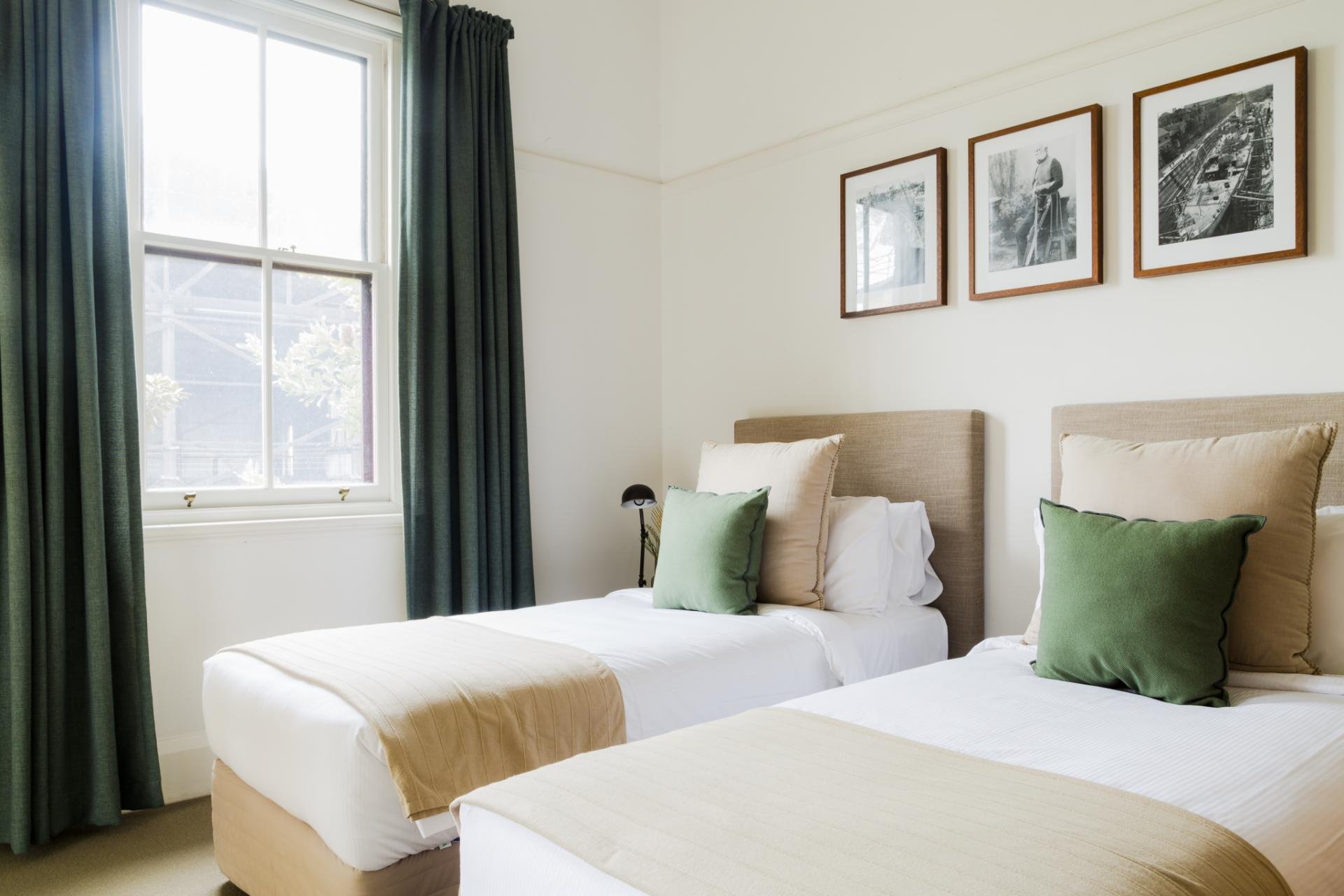

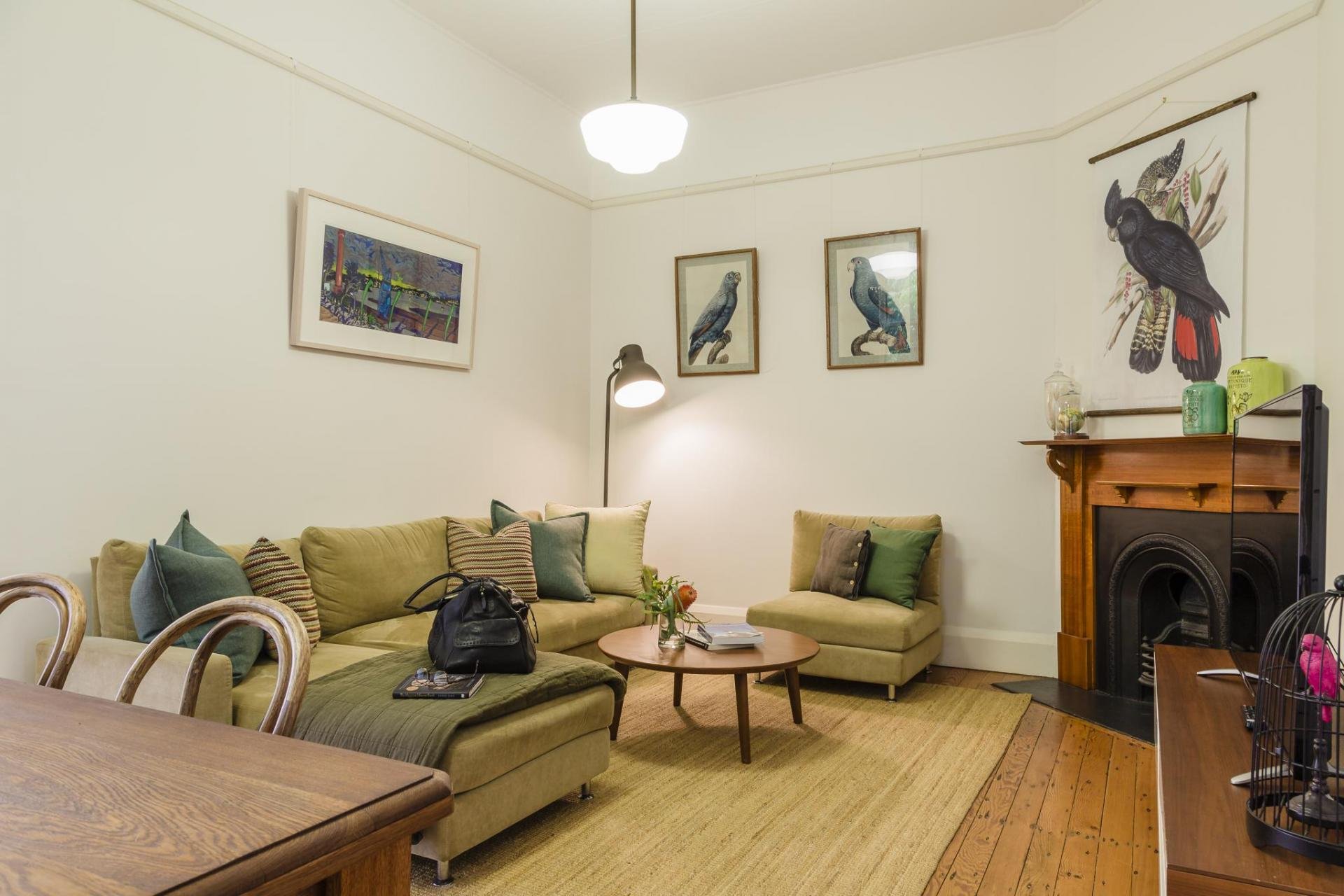

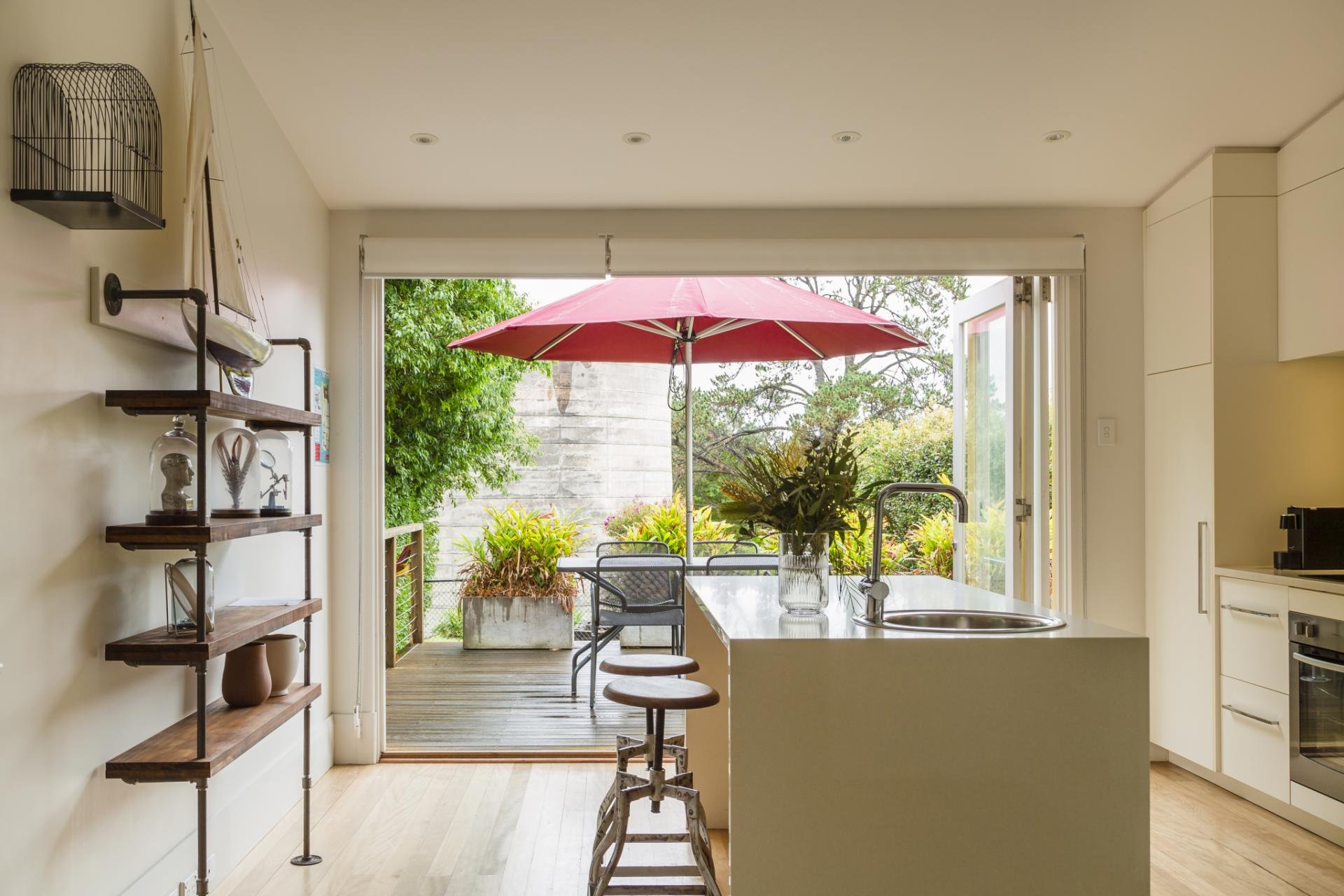

The Garden Riverview Apartment
“Our apartment was well-equipped with modern amenities, spacious bathroom with deep bath, and the most magnificent harbour views. The history of the island was fascinating and we enjoyed the audio tour.”
Special Features
Balconies with Harbour Views
Fully-Equipped Kitchens
UNESCO World Heritage Listed
Families Welcome
Things To Do
Cockatoo Island / Wareamah offers so much to see and do. You’ll want to take time to admire the remarkable heritage architecture on the upper and lower parts of the island. Book a guided history or paranormal tour, to journey back in time to the island’s convict era dockyard eras, and explore buildings rarely open to the public. Admire First Nations artworks on the upper island, including murals on the timber shed and searchlight tower. Wander down for afternoon drinks by the waterfront at the Marina cafe & Bar or Cockatoo Overboard…and why not time your stay with Sunset Sessions? Held on Saturday evenings, the picnic-style live music series is an opportunity to enjoy panoramic harbour views as you listen to exciting local acts.
Everything that Sydney’s CBD has to offer is just a short ferry ride away, with stunning views of the Harbour Bridge and Opera House along the way. Ferries run every 30 minutes on weekdays from the island to Circular Quay, where you can extend your discover of Sydney’s history in The Rocks. Learn about The Rocks’ history from pre-European days to the present at the Rocks Discovery Museum. Stop in at one of the many cafes, restaurants and boutique stores in this charming precinct, and on weekends, The Rocks Markets are unmissable. Come evening, head underground into the depths of Sydney’s early history at the Doss House or Frank Mac’s for cocktails, surrounded by c. 1840s sandstone walls.


